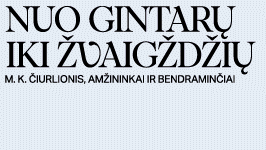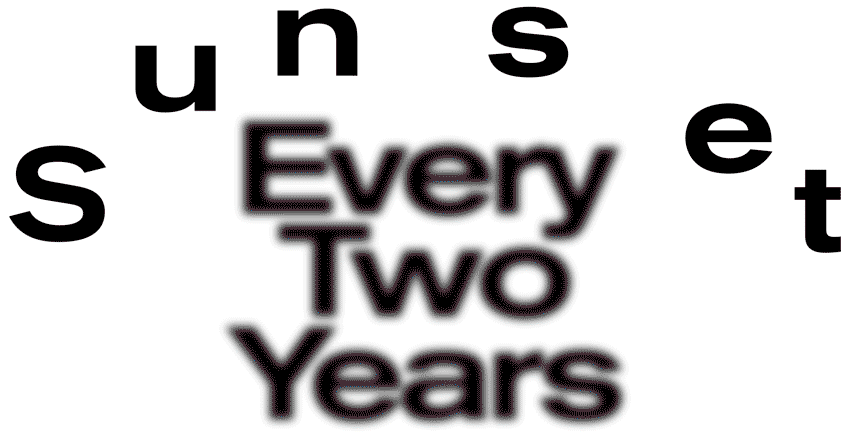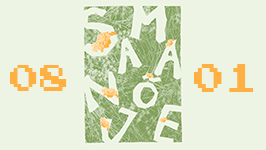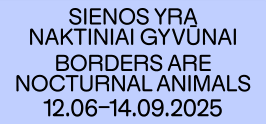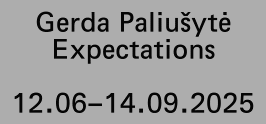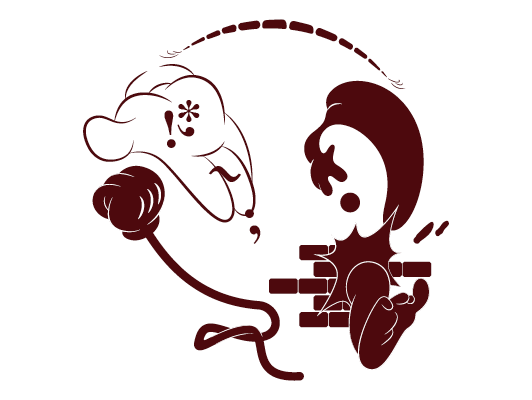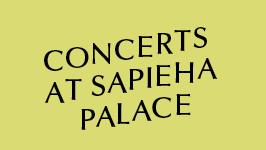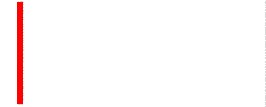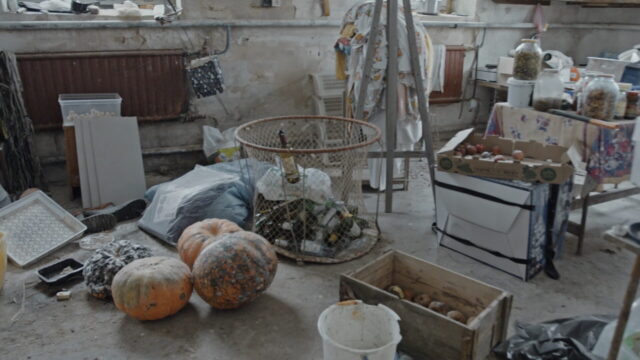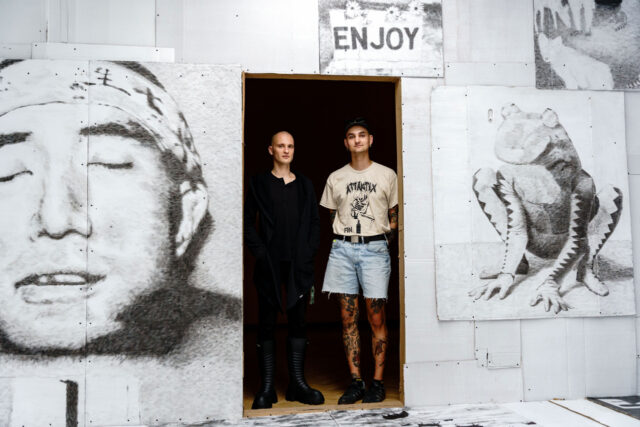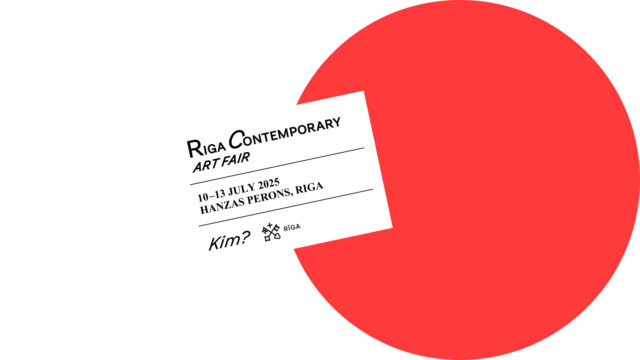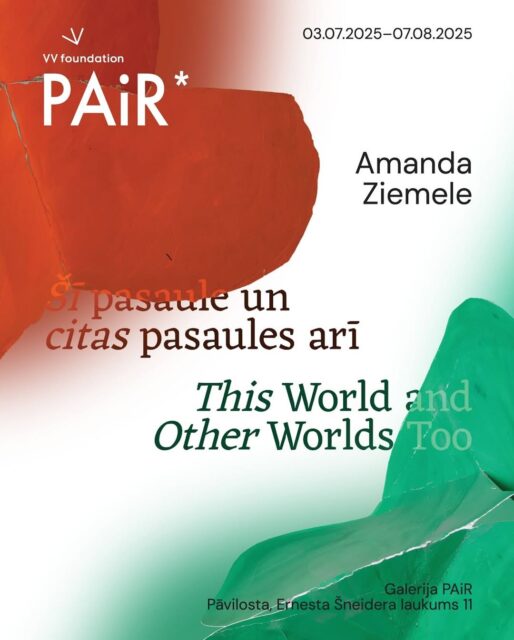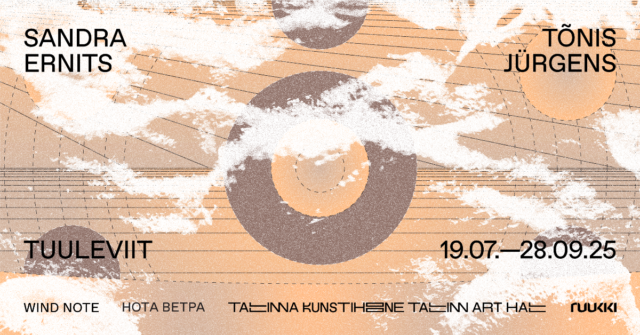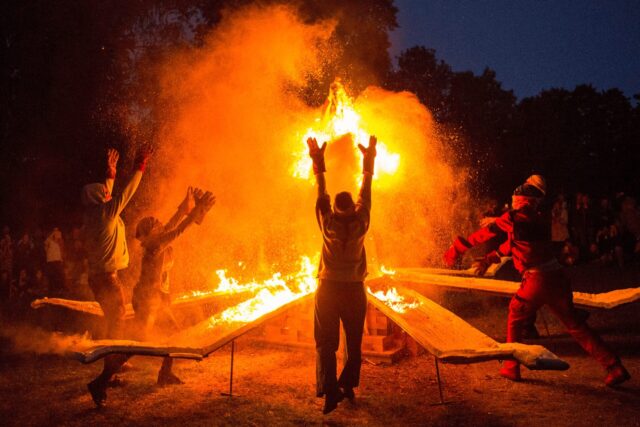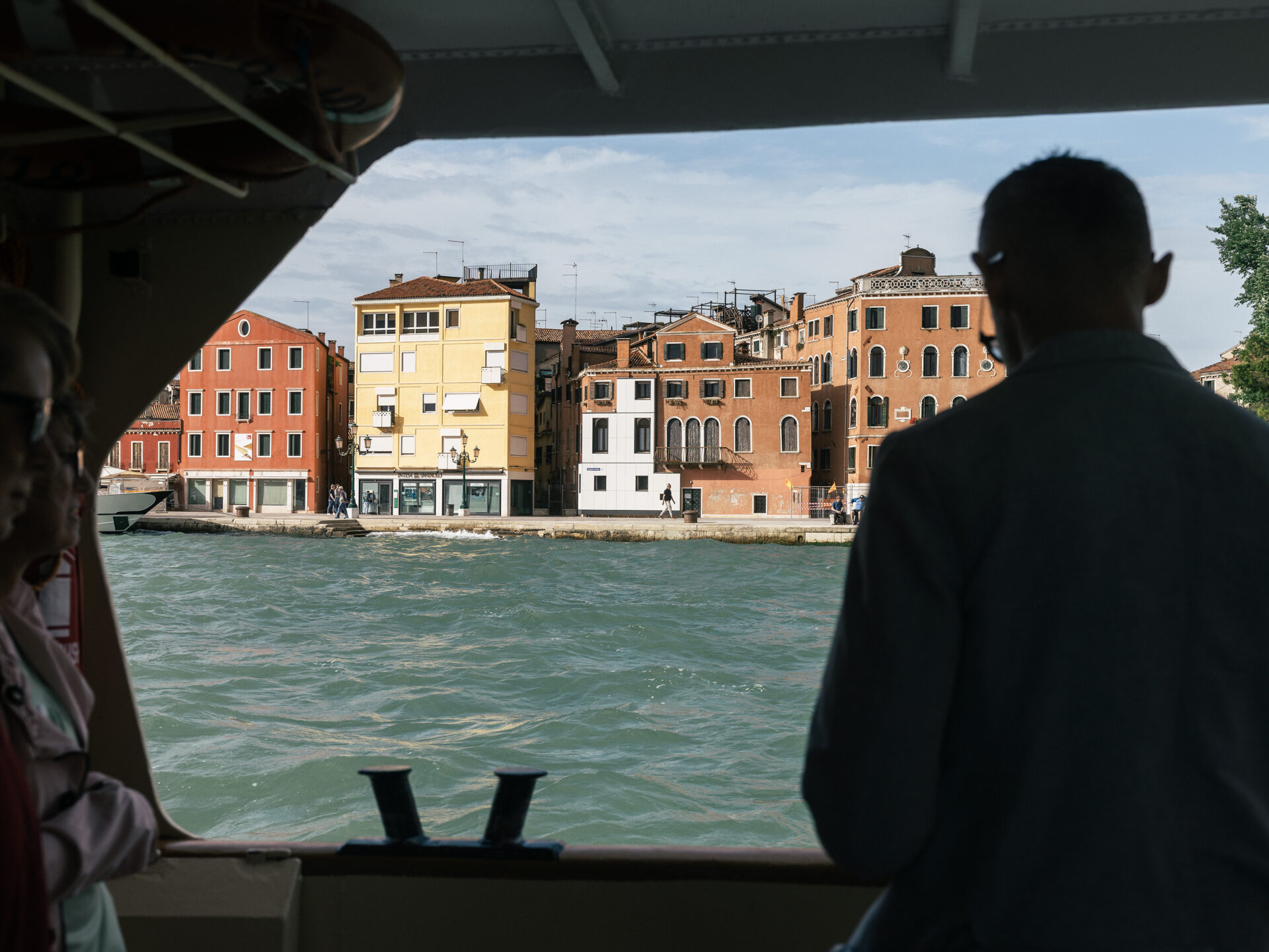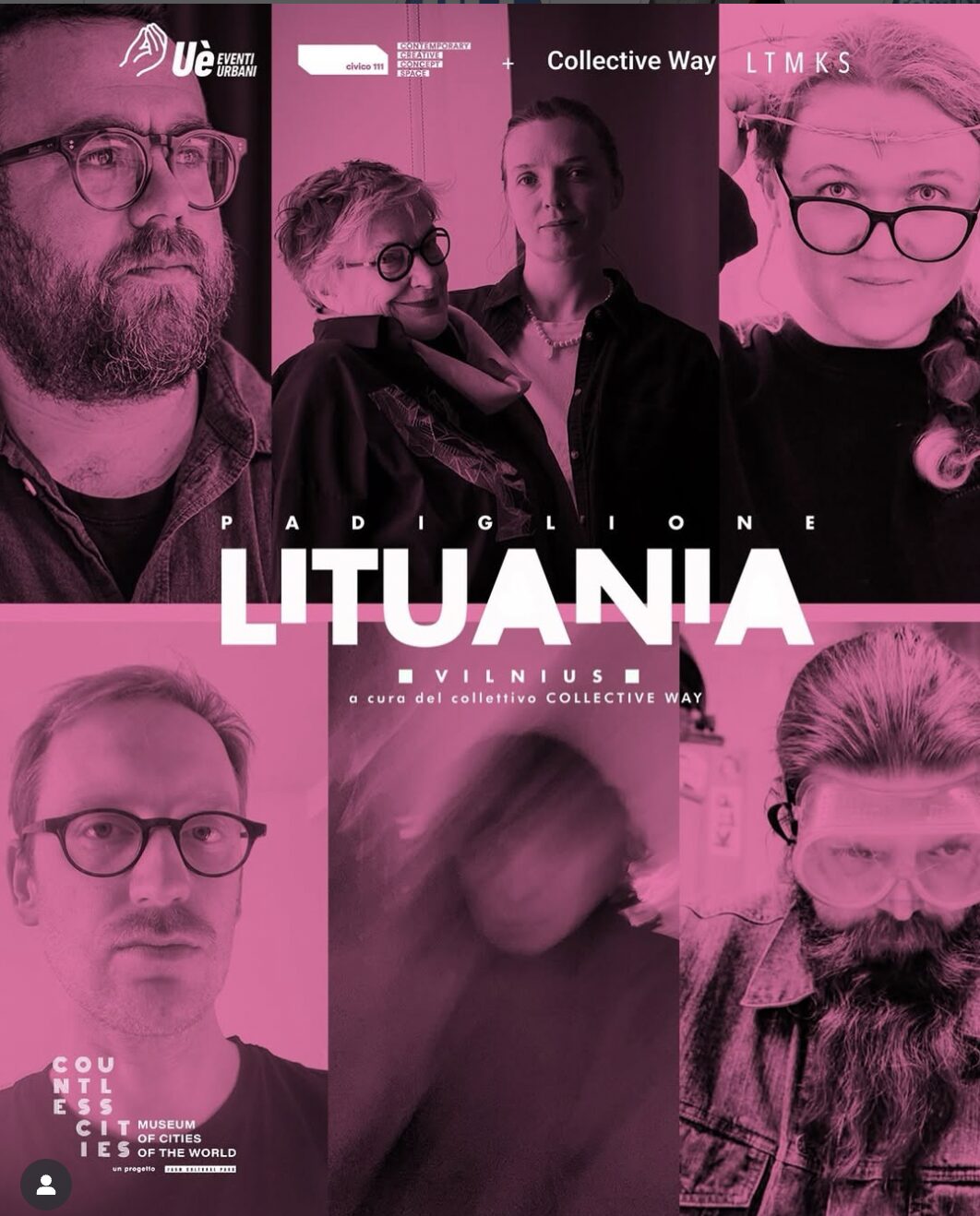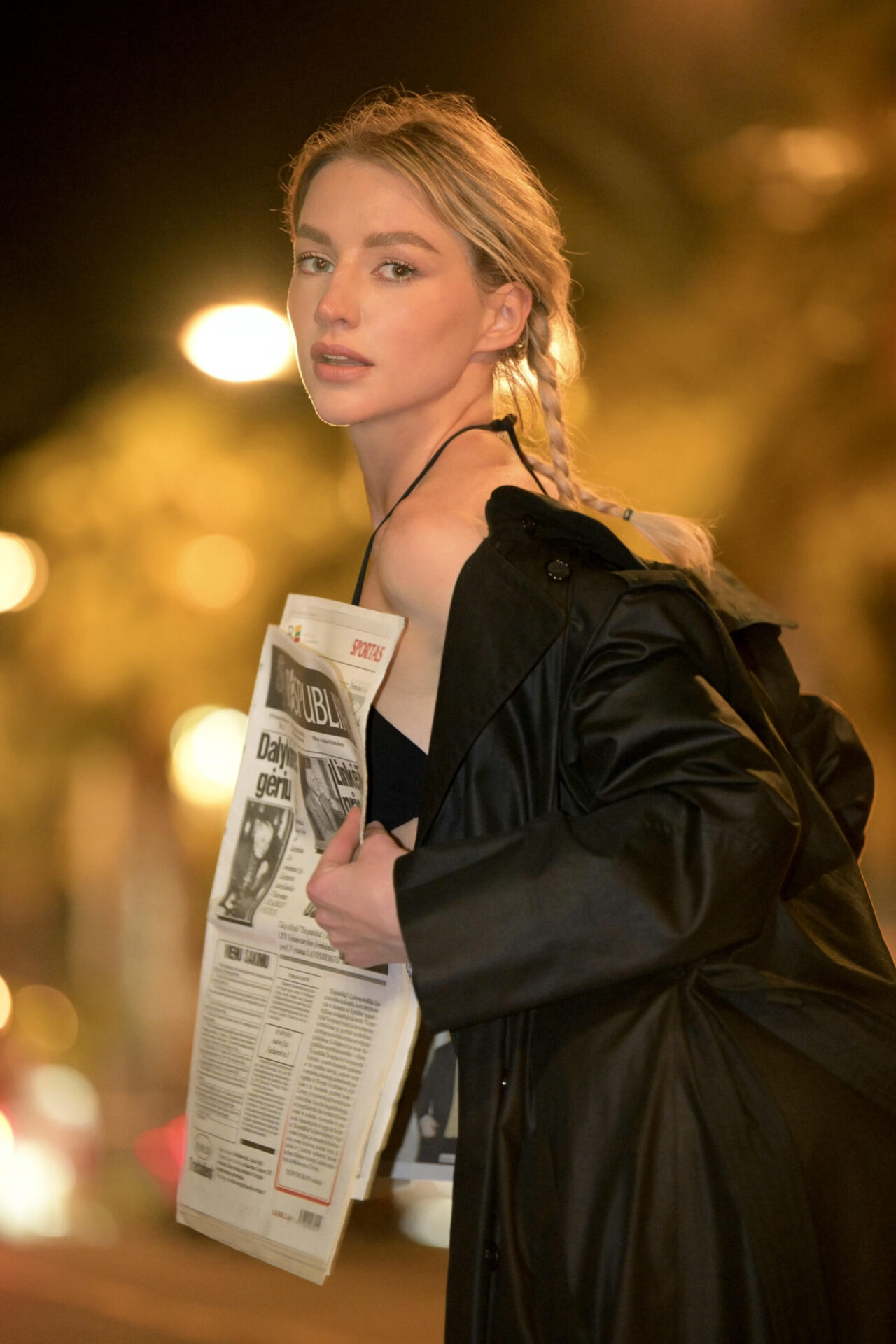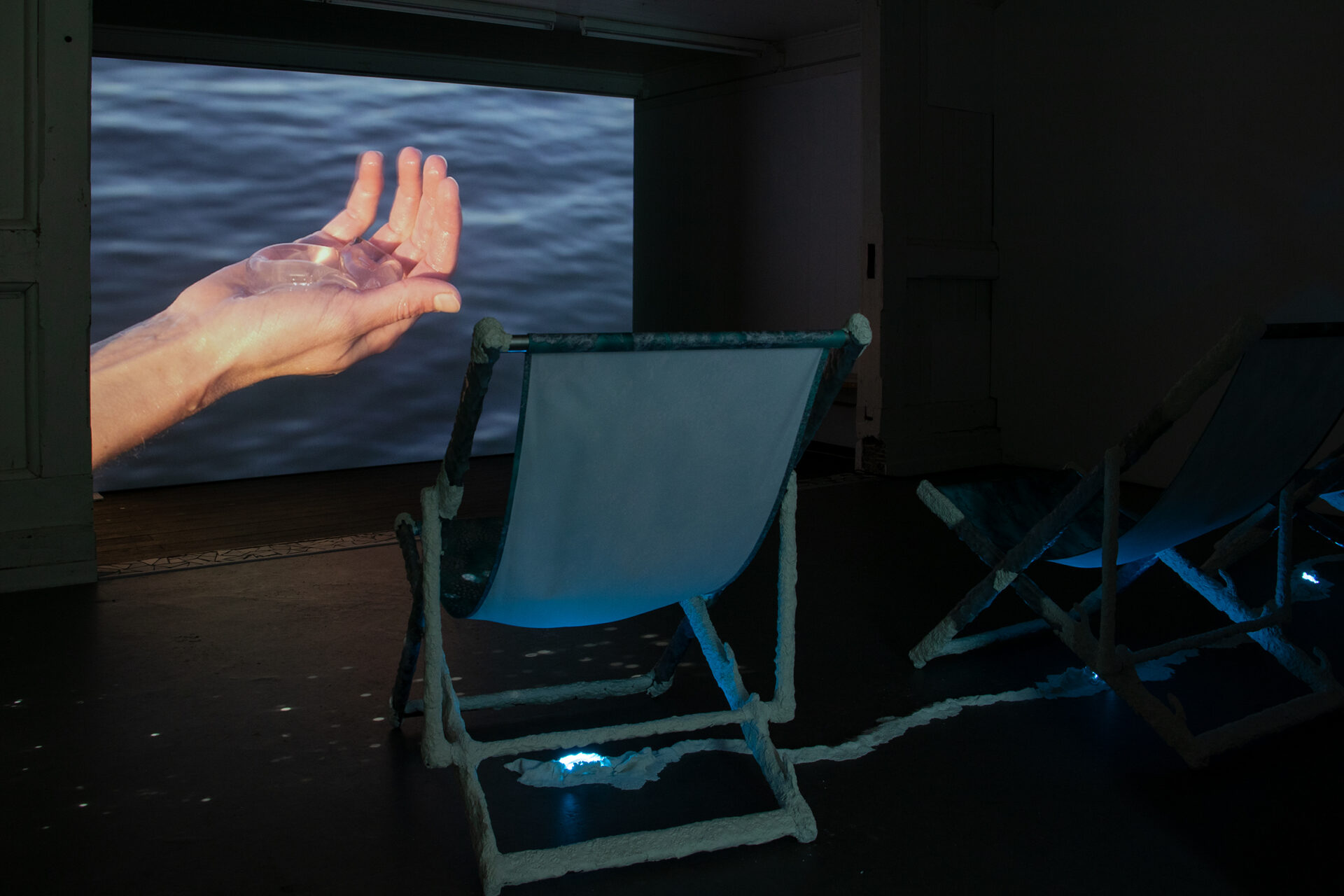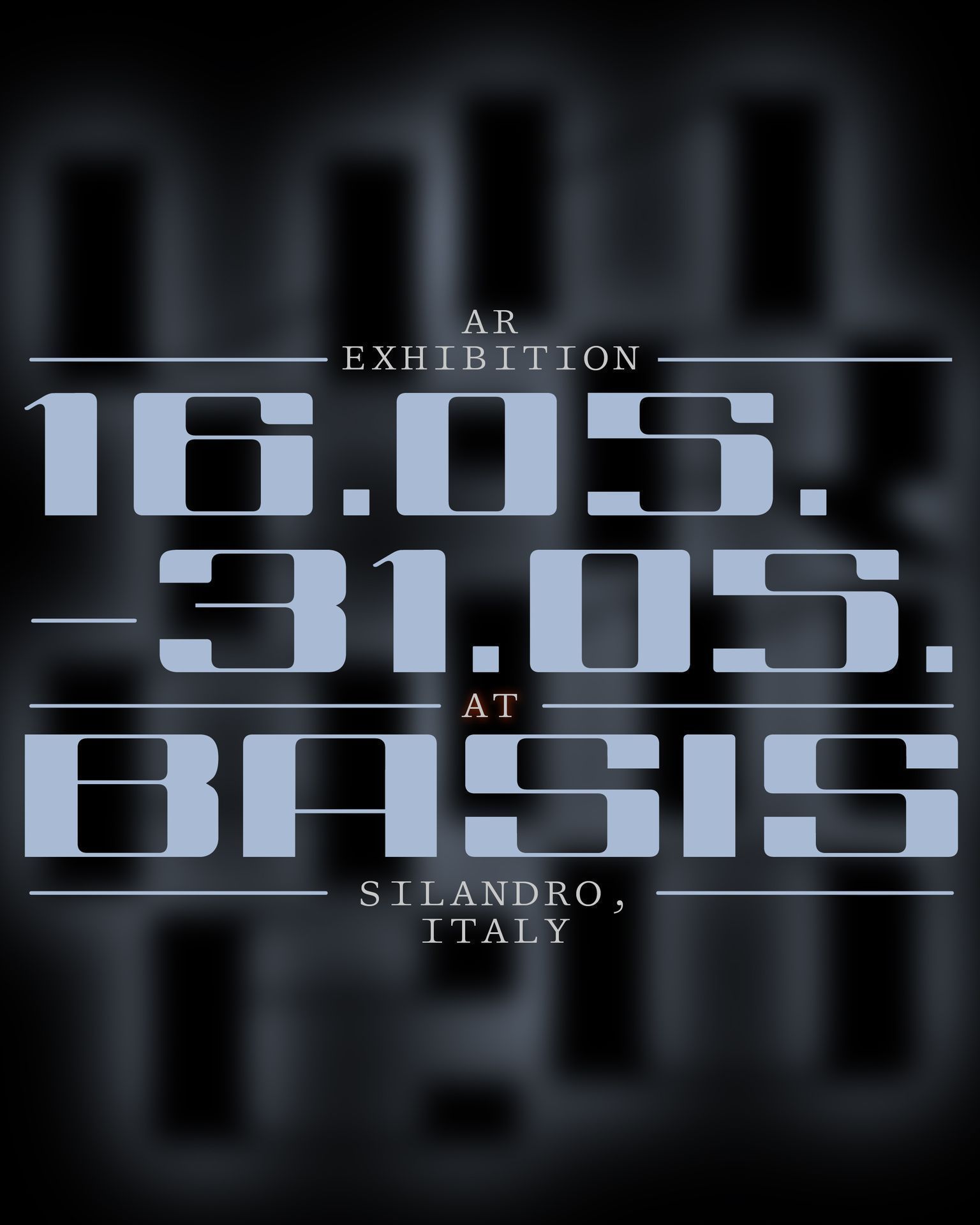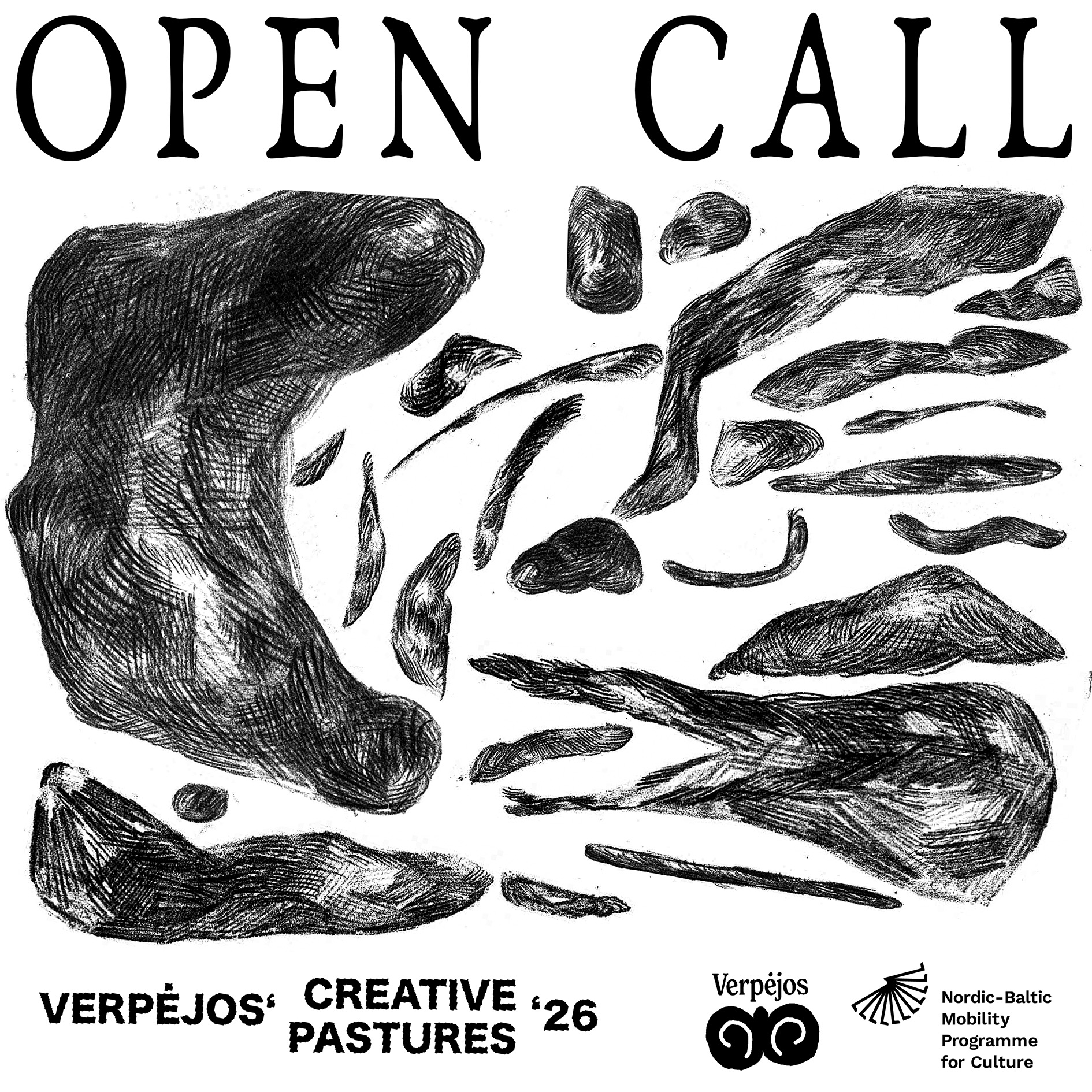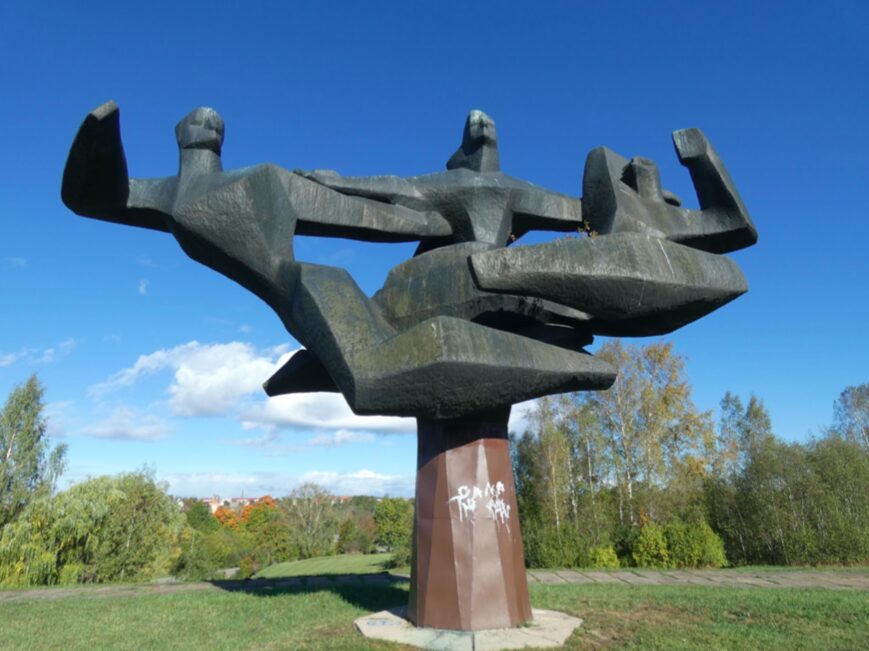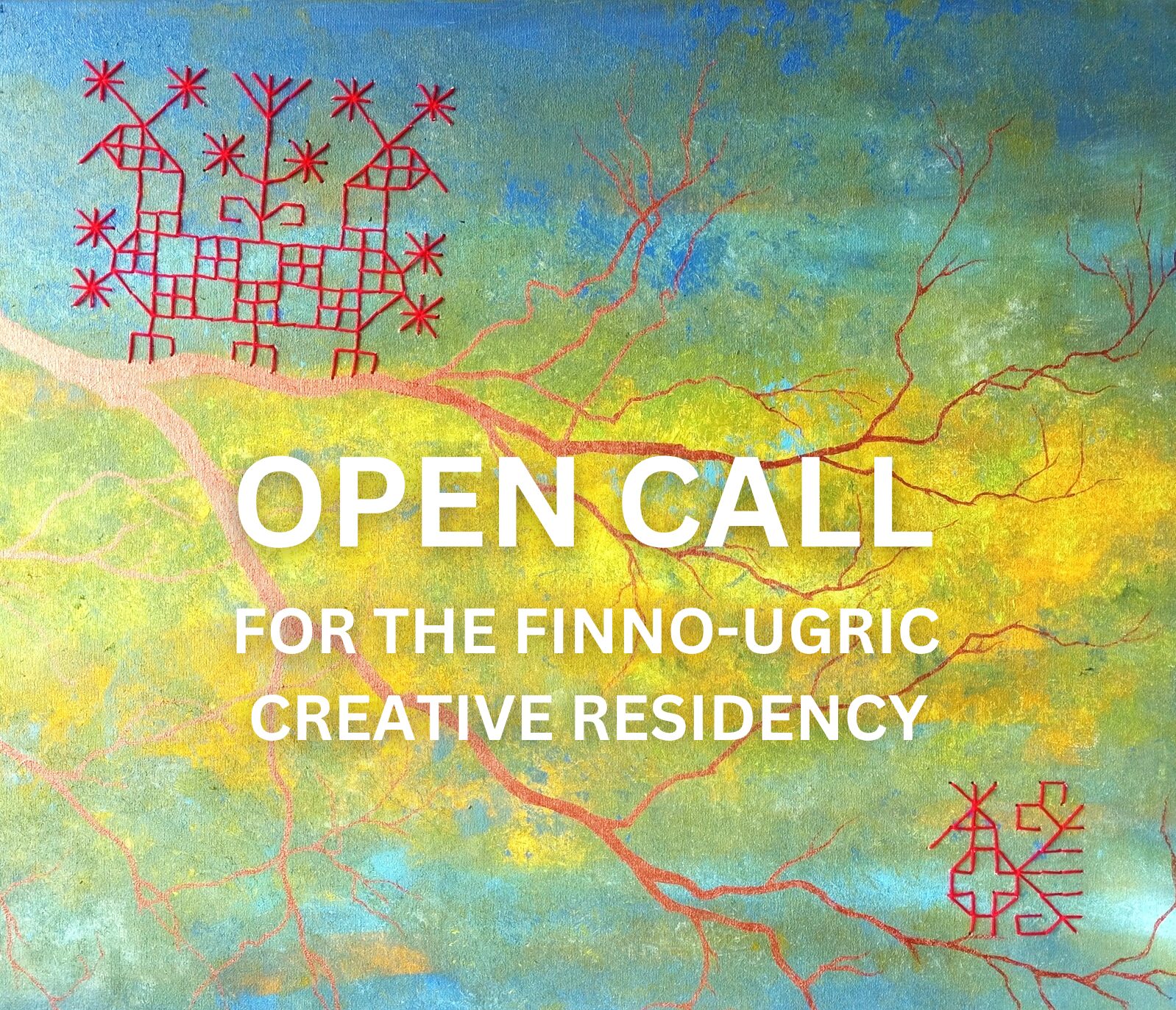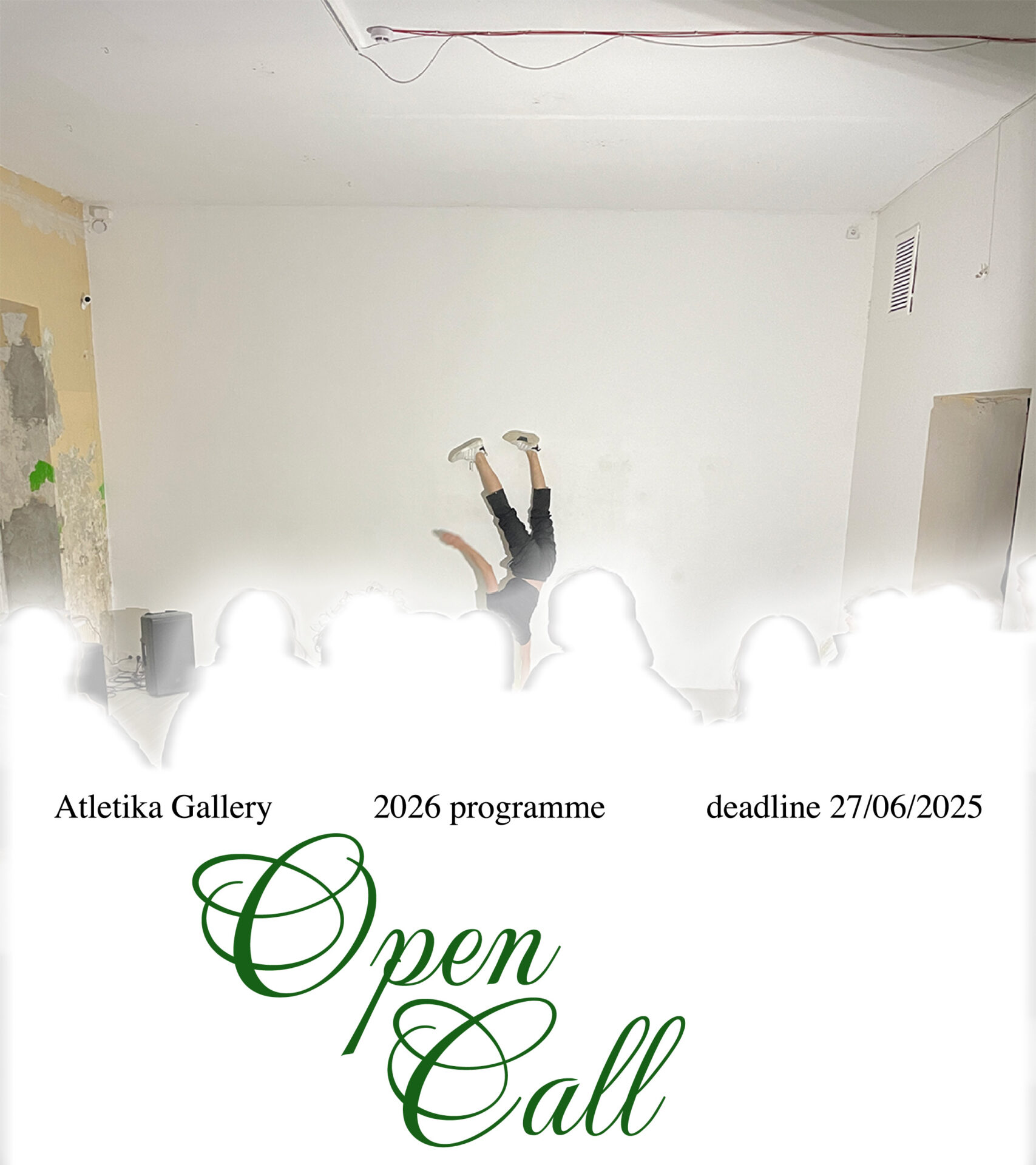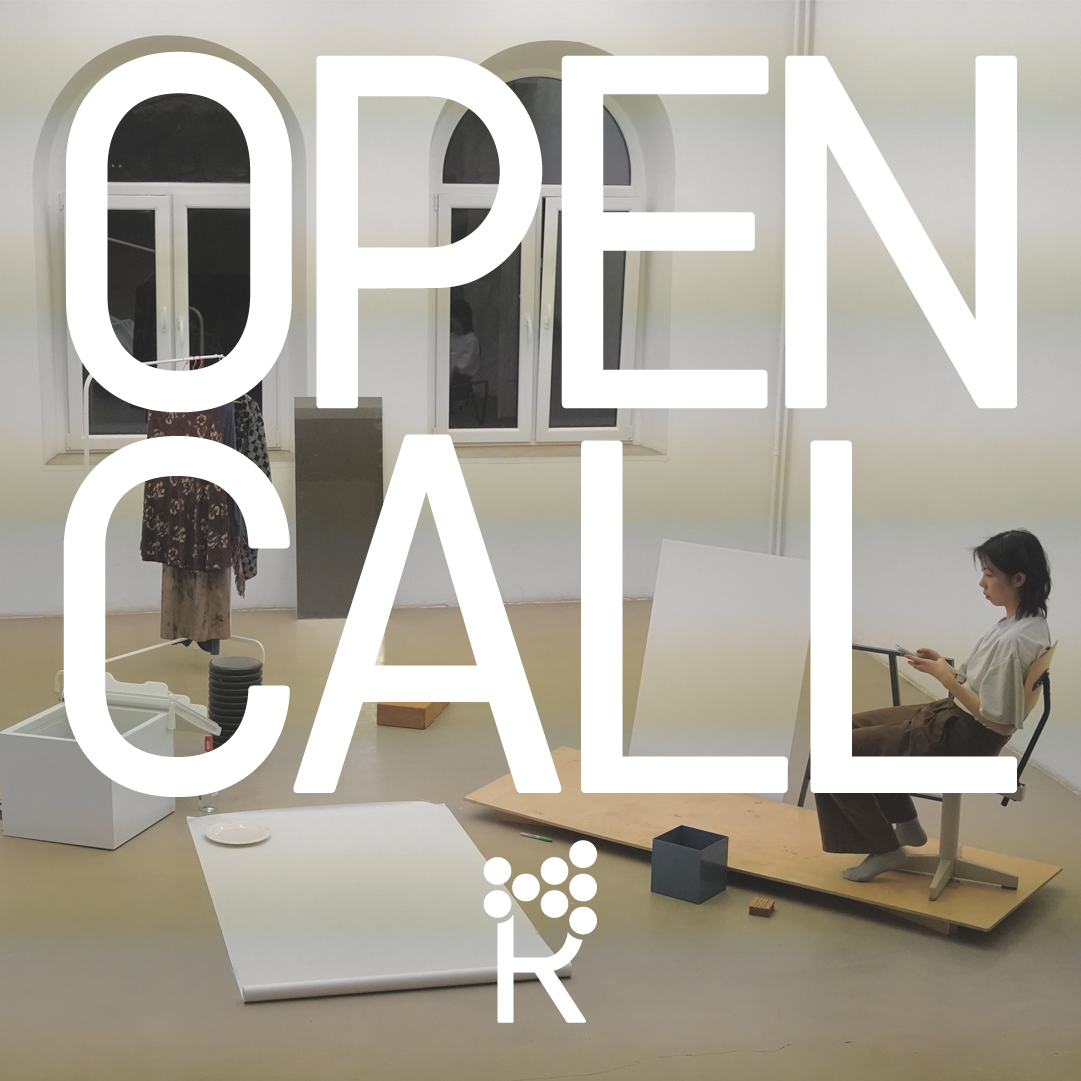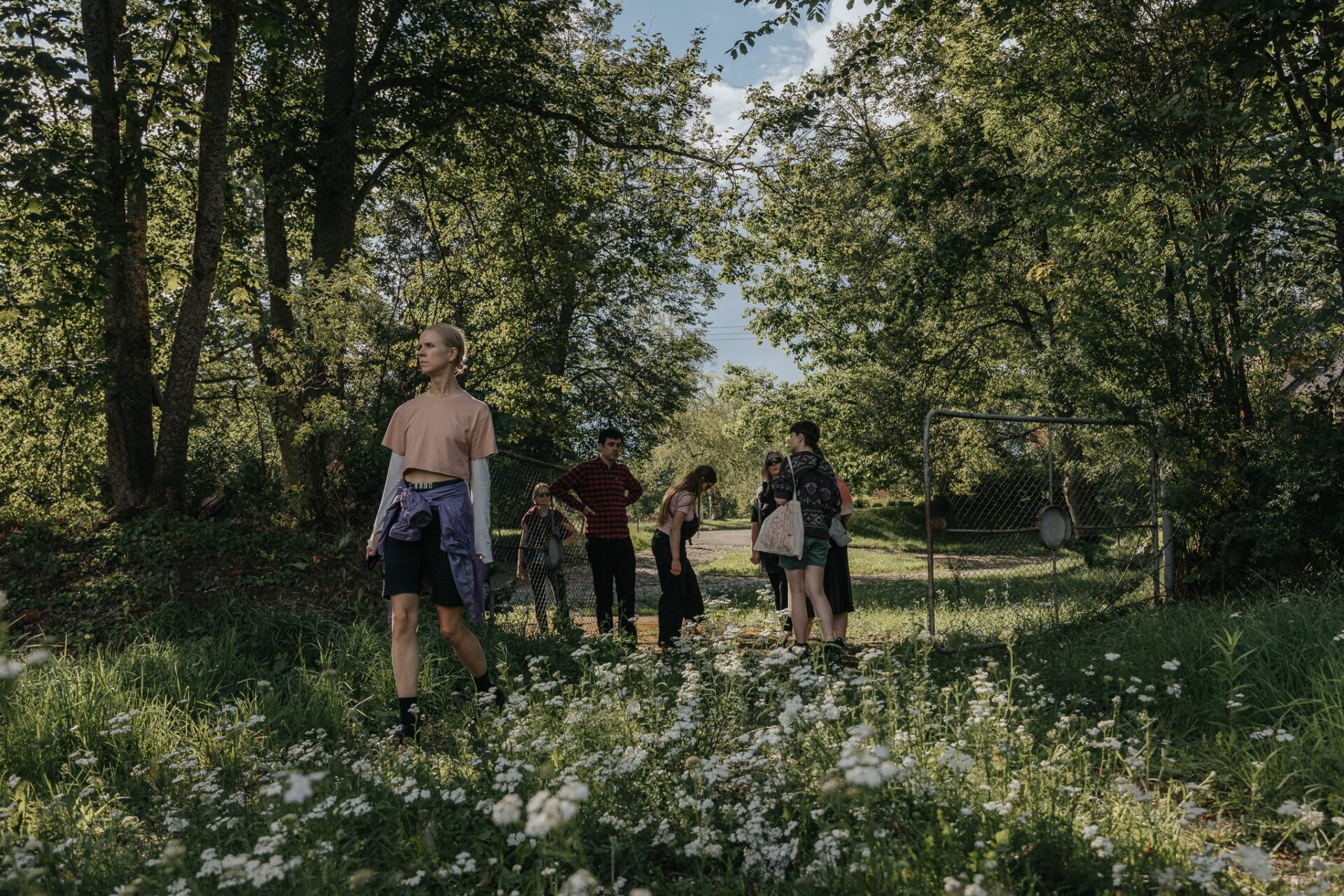Archaeologists of Memory is the first exhibition to offer in-depth theme-based insight into the Vitols Contemporary Art Collection, one of the most intriguing art collections in the Baltics, focused on the contemporary art of Central and Eastern Europe. The collection includes close to 1000 artworks from more than 150 artists.
The title of the exhibition was inspired by a quote from the philosopher Walter Benjamin’s text Excavation and Memory, written in the early 1930s: “[—] memory is not an instrument for exploring the past, but rather a medium. It is the medium of that which is experienced, just as the earth is the medium in which ancient cities lie buried. He who seeks to approach his own buried past must conduct himself like a man digging.”
The artists whose works are displayed in the exhibition, as well as the collectors themselves, are seen as “archaeologists of memory”, who dig in the strata of personal and collective memories, exposing the past intertwined with the present. The artists have found inspiration in personal memory, family archives, local life and culture, the environment, social dynamics and (art) history. The exhibition highlights the positions and art practices of individual artists, while also looking for visual and conceptual points of contact between countries and generations. Memory is seen not as a neutral tool of exploration but as an experience-based bodily and spatial connection with the layers of the past.
It is not only artworks that are relevant for explorations of memory. Collecting is also a particular type of memory work. In the words of the collectors Irina and Māris Vītols, their collection has been inspired by their interest in the tremendous social and political changes in Central and Eastern Europe since the fall of the Berlin Wall in 1989, as well as by the cultural diversity of the region. The exhibition presents artworks from Latvia, Romania, Poland, Russia, Czechia, Lithuania, Estonia, Georgia, Slovakia, Albania and Ukraine. In selecting the works, the context of Kumu as a national art museum has been taken into consideration. Several works enter into dialogue with the power symbols section of the museum’s permanent display, Conflicts and Adaptations: Estonian Art of the Soviet Era (1940–1991). We see how these signs and symbols have been critically redefined since the collapse of the Soviet Union. This might provide food for thought about reinterpreting and presenting complex histories.
The artworks in the exhibition go beyond merely depicting particular historical events to explore and help us understand the workings of time and memory more broadly. By interpreting signs and symbols from the past through a contemporary lens, the works reveal how memory is always anchored to the present, and emphasize the social impact of memory. The display can thus be compared to a polyphonic collection of essays on memory, bringing together different poetic voices and perspectives and showing how the past plays an active and performative role in the present.
As shown in Mircea Nicolae’s video Romanian Kiosk Company (2010), we as humans are constantly torn between our personal and collective memories. As social beings, we try to find a balance between more spontaneous and fragmentary personal memories and collective (cultural) memories, with their more coherent narratives. Acknowledging and coming to terms with this complex condition might create a basis for more emphatic, informed and open dialogues about our personal and shared past, present and future.
Text by Eda Tuulberg
The exhibition is accompanied by a book in English, which includes an interview with the collectors, a short story by Maarja Kangro, an essay by Tanel Rander and a catalogue of works displayed at the exhibition.
The exhibition at the Kumu Art Museum will be on view until April 9, 2023.
Participating artists: Victor Alimpiev (Russia, b. 1973), Vladimir Arkhipov (Russia, b. 1961), Jānis Avotiņš (Latvia, b. 1981), Matei Bejenaru (Romania, b. 1963), Blue Noses Group (Russia), Vajiko Chachkhiani (Georgia, b. 1985), Olga Chernysheva (Russia, b. 1962), Kristaps Ģelzis (Latvia, b. 1962), Dmitry Gutov (Russia, b. 1960), Severija Inčirauskaitė-Kriaunevičienė (Lithuania, b. 1977), Rasa Jansone (Latvia, b. 1973), Jānis Kalmīte (Latvia, 1907–1996), Alice Kask (Estonia, b. 1976), Vendula Knopová (Czechia, b. 1987), Eva Kot’átková (Czechia, b. 1982), Leonards Laganovskis (Latvia, b. 1955), Goshka Macuga (Poland/the UK, b. 1967), Inga Meldere (Latvia, b. 1979), Rustam Mirzoev (Ukraine, b. 1974), Deimantas Narkevičius (Lithuania, b. 1964), Mircea Nicolae (Romania, 1980–2020), Lucia Nimcová (Slovakia, b. 1977), Adrian Paci (Albania/Italy, b. 1969), Ievgen Petrov (Ukraine, b. 1972), Joanna Piotrowska (Poland/the UK, b. 1985), Tõnis Saadoja (Estonia, b. 1980), Krišs Salmanis (Latvia, b. 1977), Monika Sosnowska (Poland, b. 1972), Antanas Sutkus (Lithuania, b. 1939) and Artur Żmijewski (Poland, b. 1966).
Team:
Curator: Eda Tuulberg
Exhibition design: Anna Škodenko
Graphic design: Viktor Gurov
Coordinator: Tiiu Saadoja
In collaboration with:
Contemporary Art Centre (Riga, Latvia)
Association of Latvia Cultural Projects
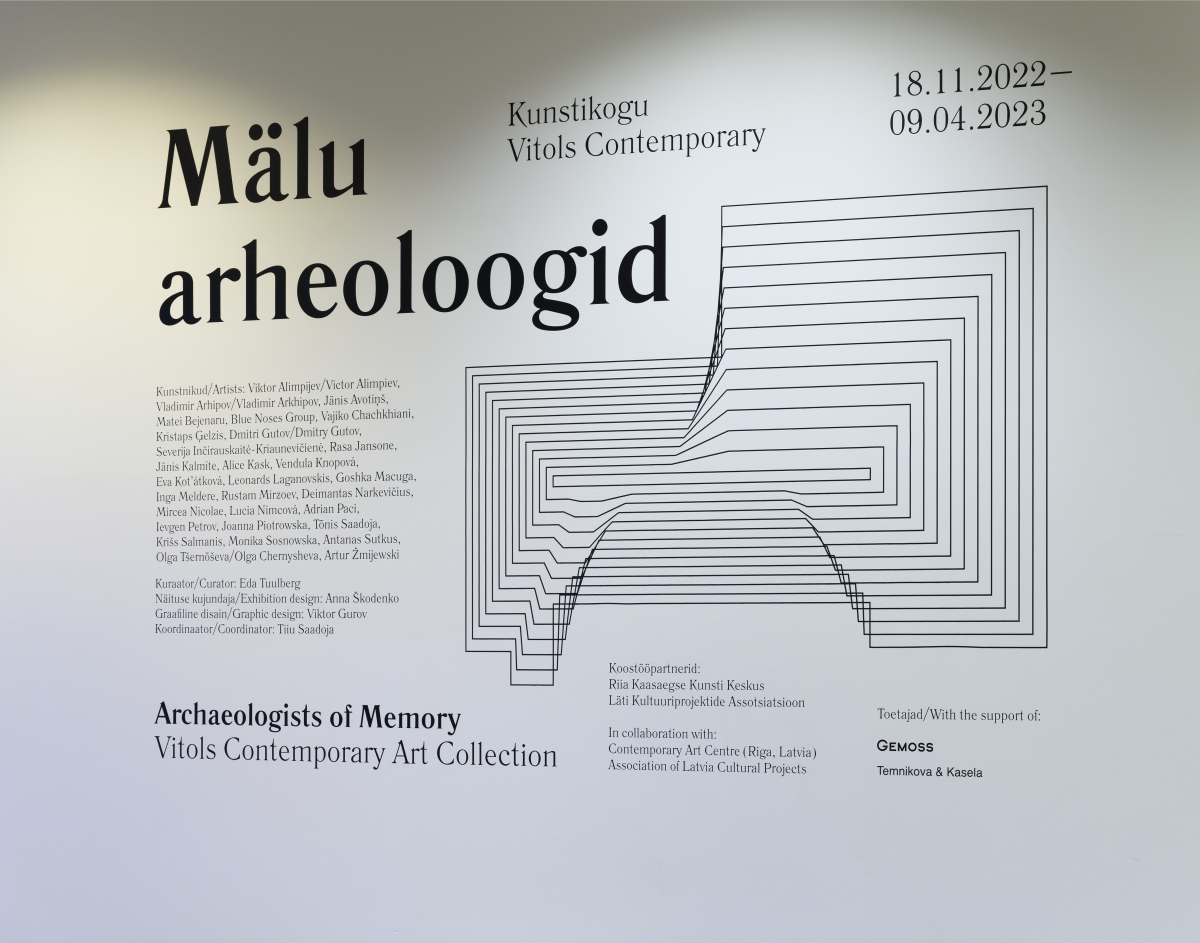
Exhibition view from exhibition “Archaeologists of Memory: Vitols Contemporary Art Collection”. Photo by Stanislav Stepaško.
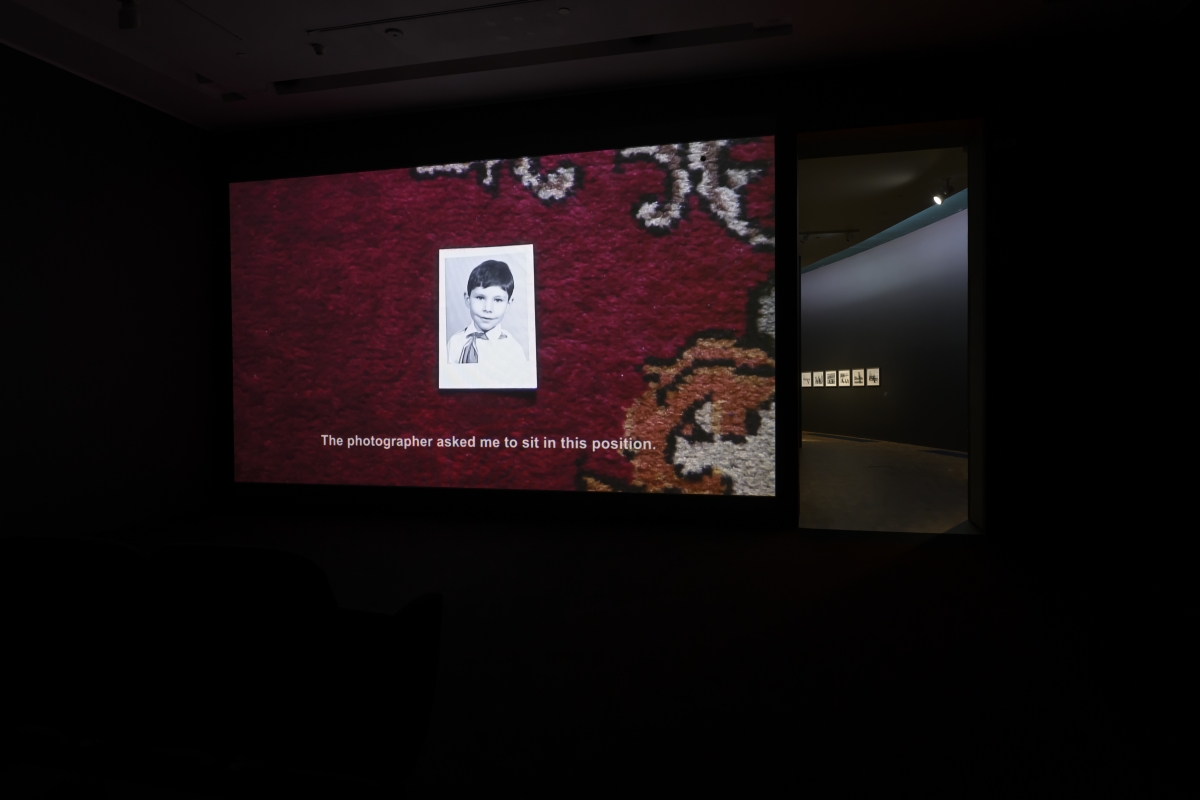
Mircea Nicolae (Romania, 1980-2020). Romanian Kiosk Company. 2010. Single-channel HD video, colour and original sound. Exhibition view. Photo by Stanislav Stepaško.
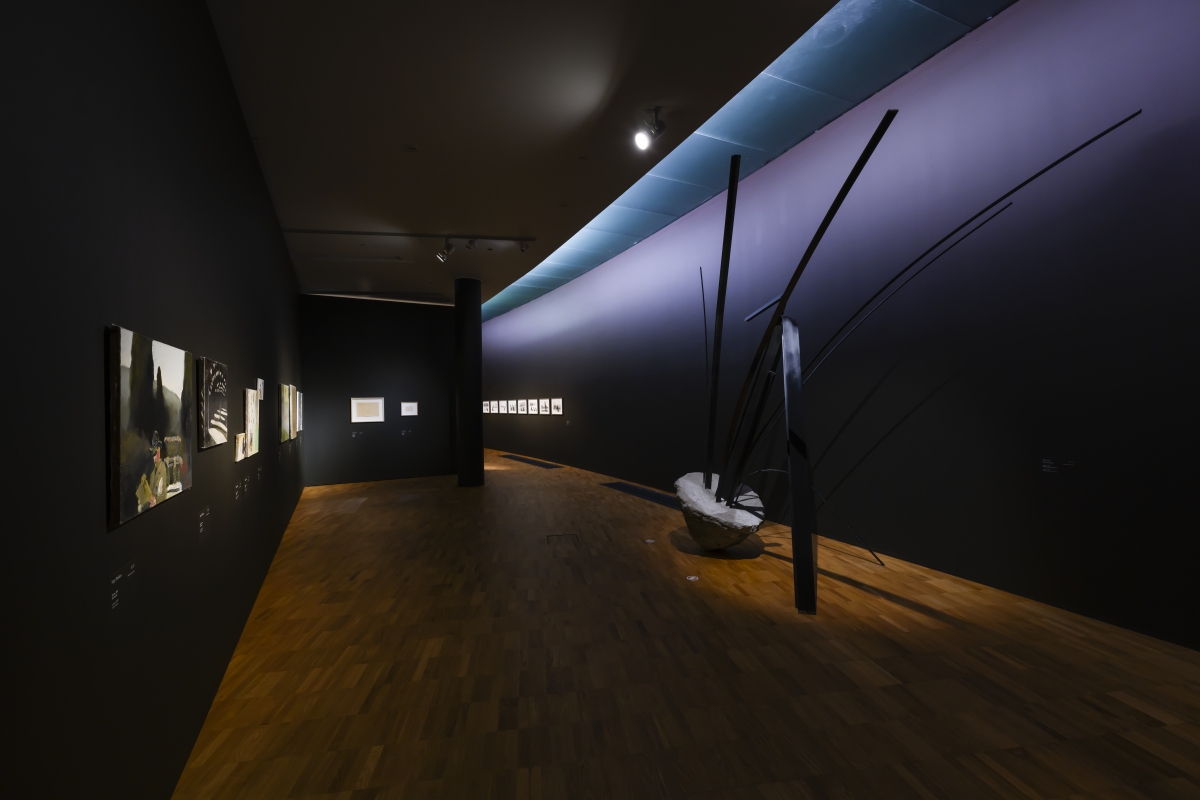
Exhibition view from exhibition “Archaeologists of Memory: Vitols Contemporary Art Collection”. Photo by Stanislav Stepaško.
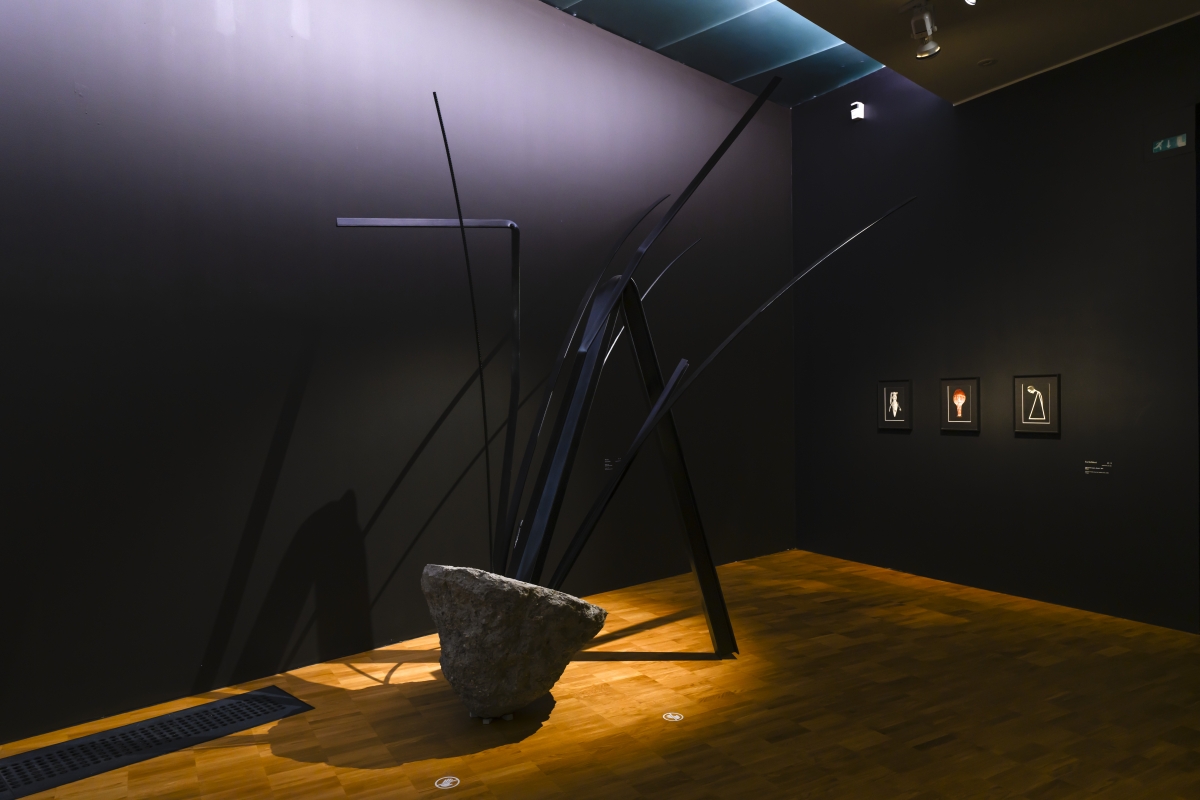
Monika Sosnowska (Poland, b.1972). Untitled. 2017. Painted steel and concrete. Exhibition view. Photo by Stanislav Stepaško.
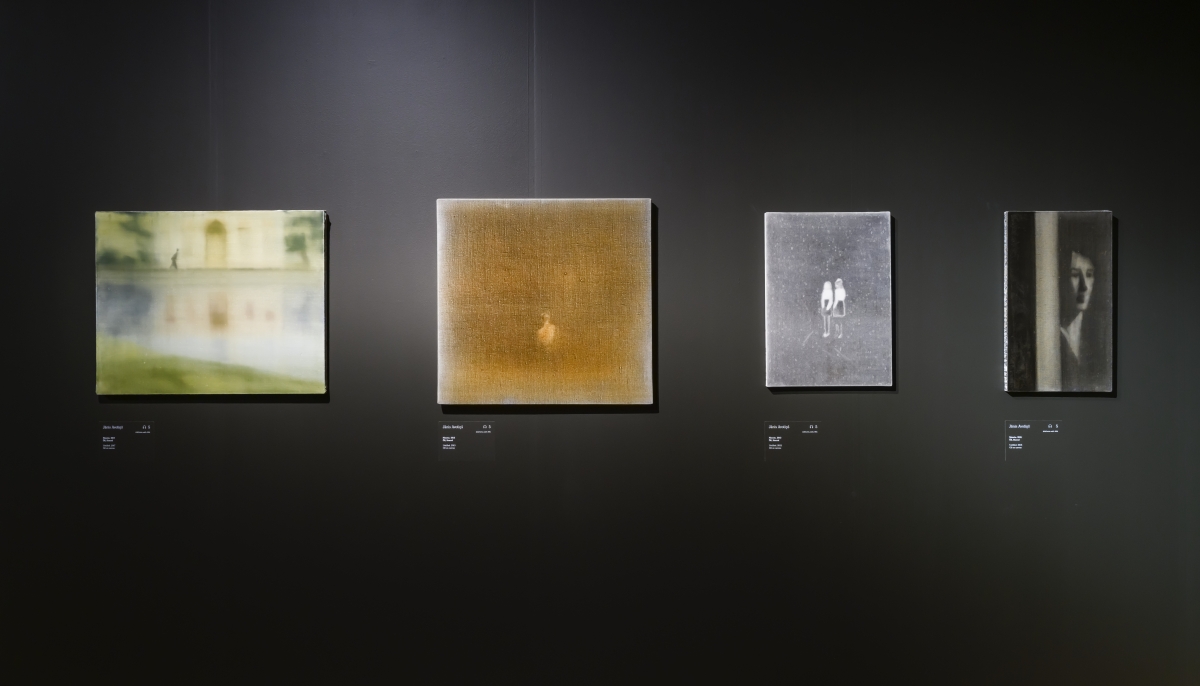
Jānis Avotiņš (Latvia, b.1981). Untitled. 2013-2017. Oil on canvas. Exhibition view. Photo by Stanislav Stepaško.
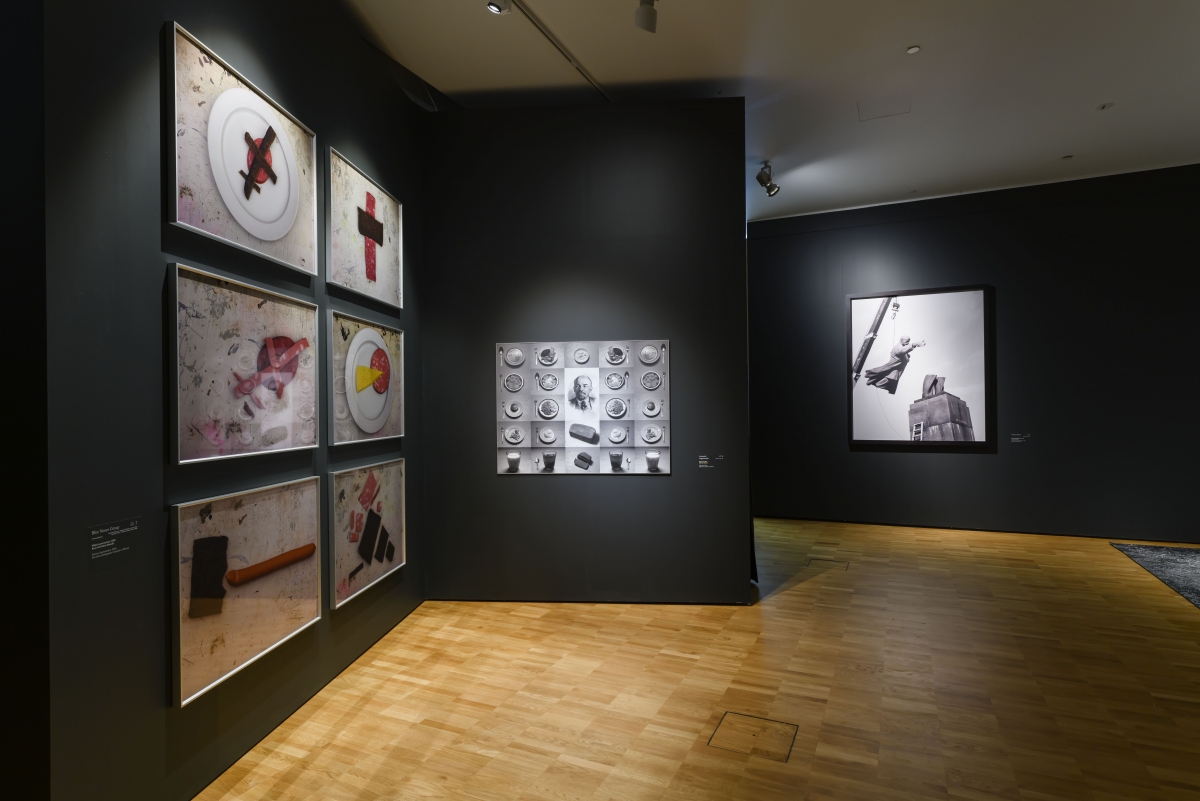
Exhibition view from exhibition “Archaeologists of Memory: Vitols Contemporary Art Collection”. Photo by Stanislav Stepaško.
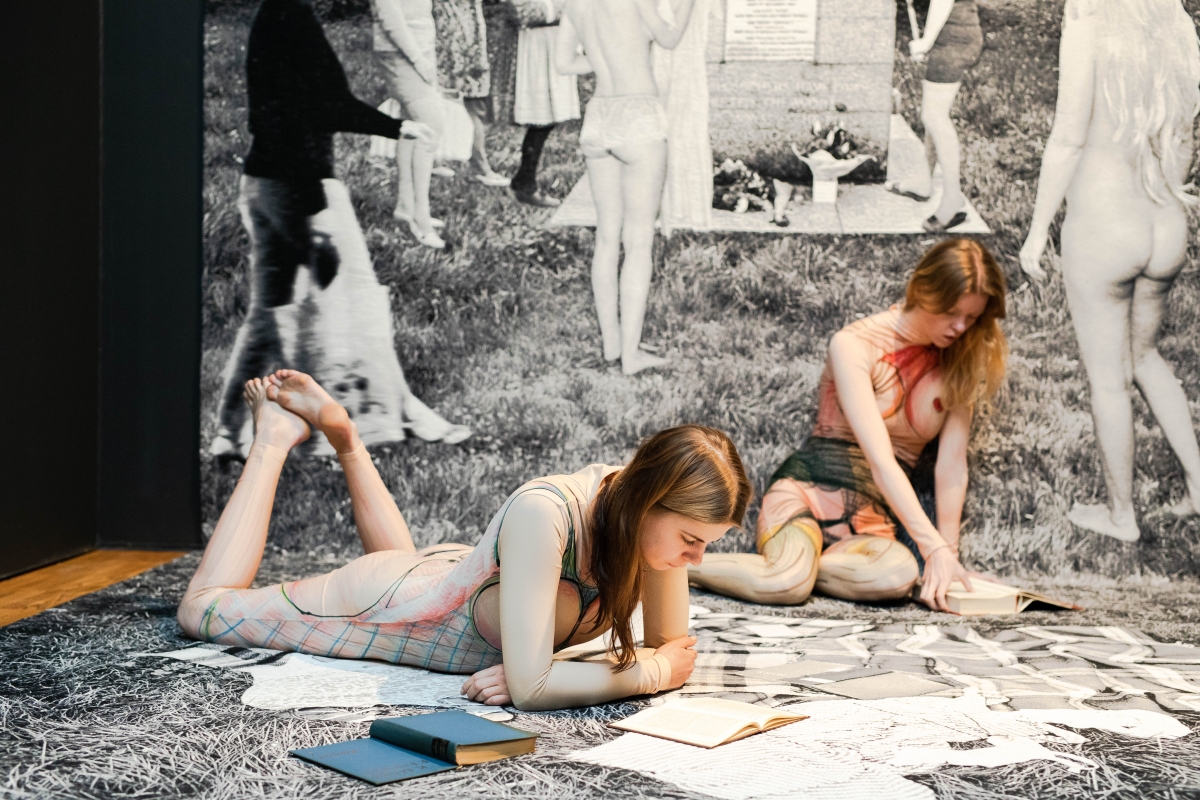
Exhibition view from exhibition “Archaeologists of Memory: Vitols Contemporary Art Collection”. Photo by Maris Raud.
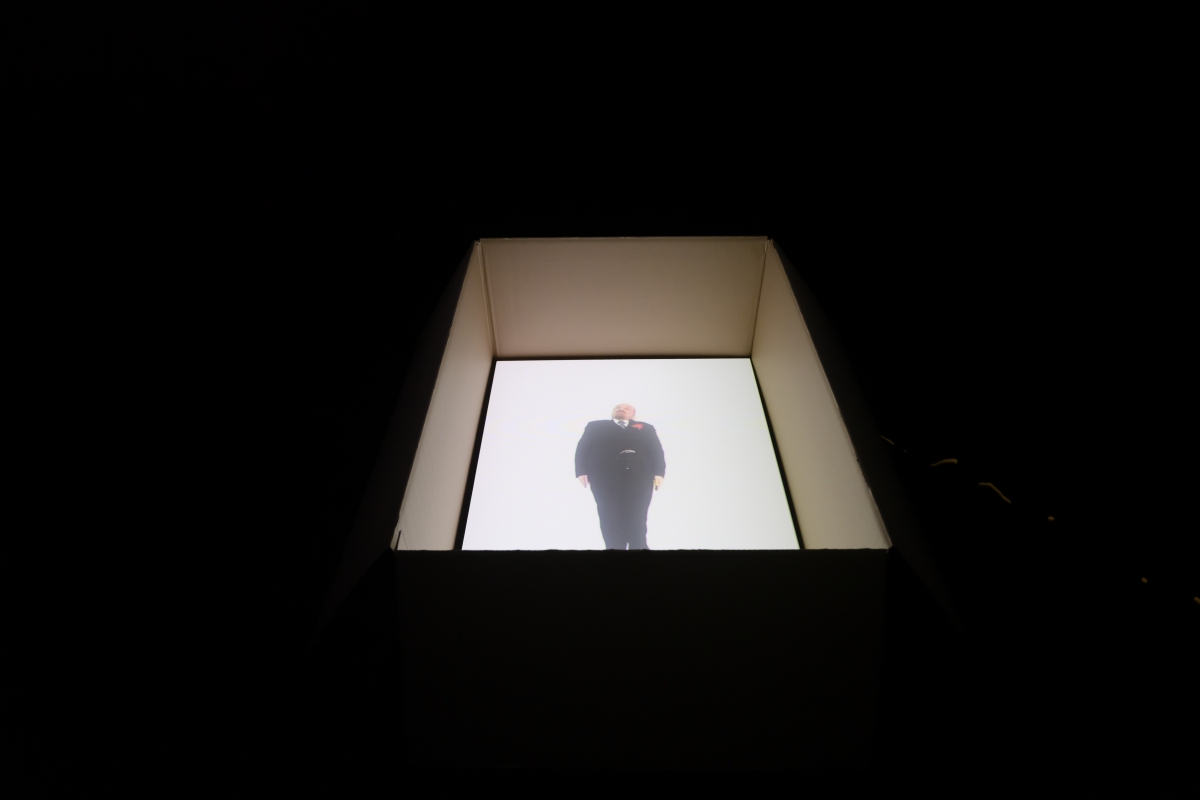
Blue Noses Group (Russia). Lenin Turning in His Grave. From the series Little People. 2005. Single-channel video, DVD, colour and original sound. Exhibition view. Photo by Stanislav Stepaško.
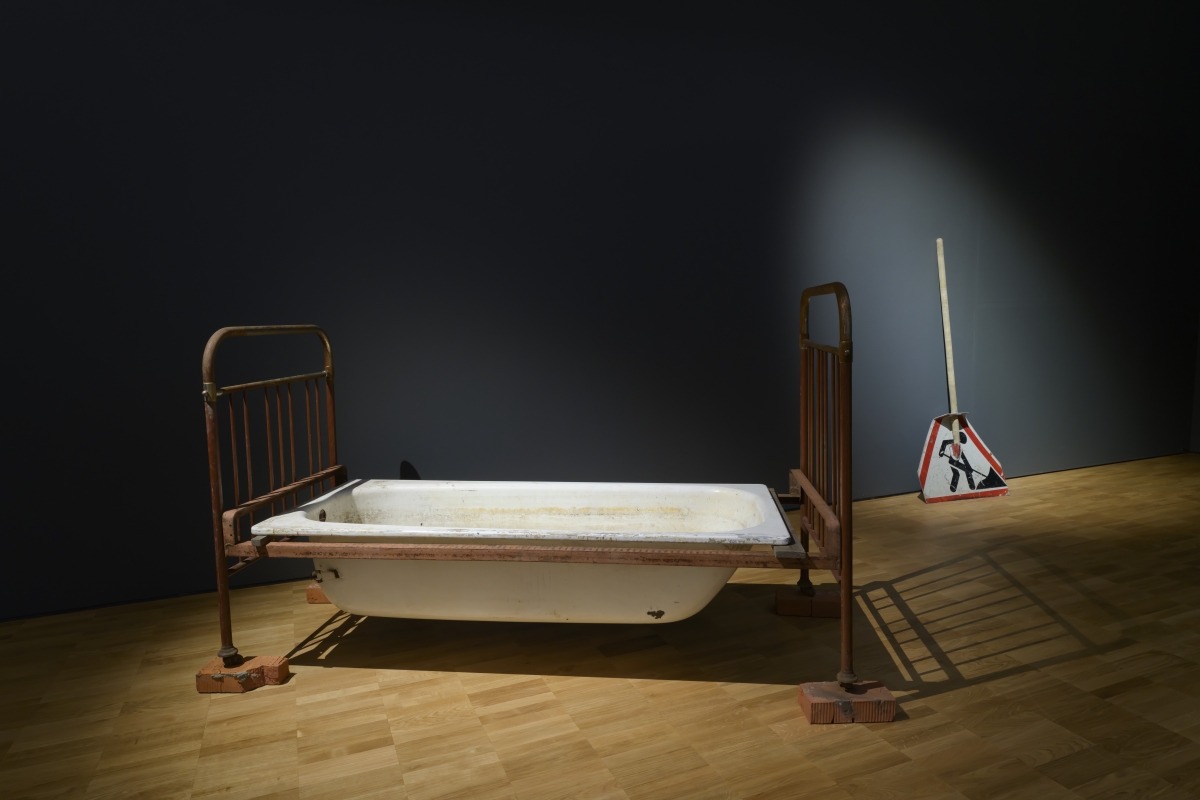
Vladimir Arkhipov (Russia, b.1961). Genady Vladimirovich’s Bathtub-Bed.2001. Mixed media. Janitor’s Shovel made out of a Road Sign by Vladimir Antipov. 1998. Mixed media. Exhibition view. Photo by Stanislav Stepaško.
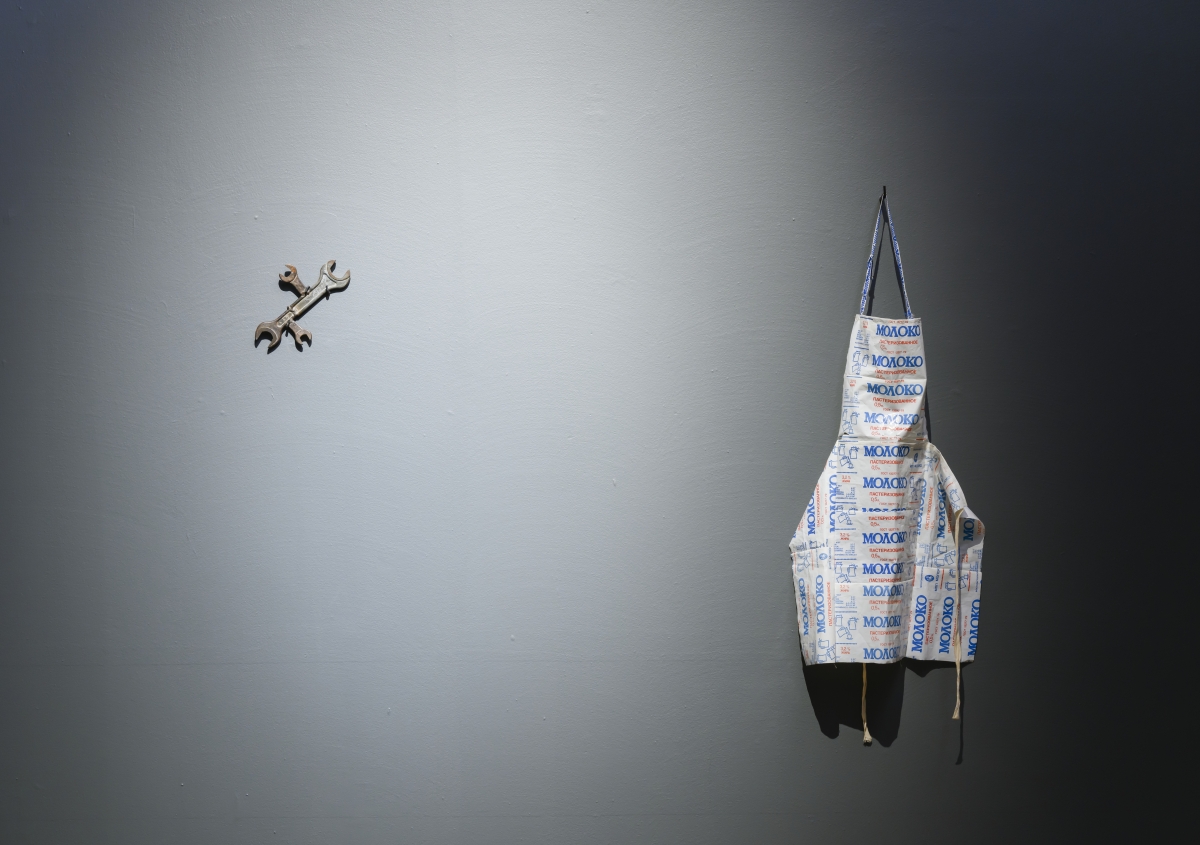
Exhibition view from exhibition “Archaeologists of Memory: Vitols Contemporary Art Collection”. Photo by Stanislav Stepaško.
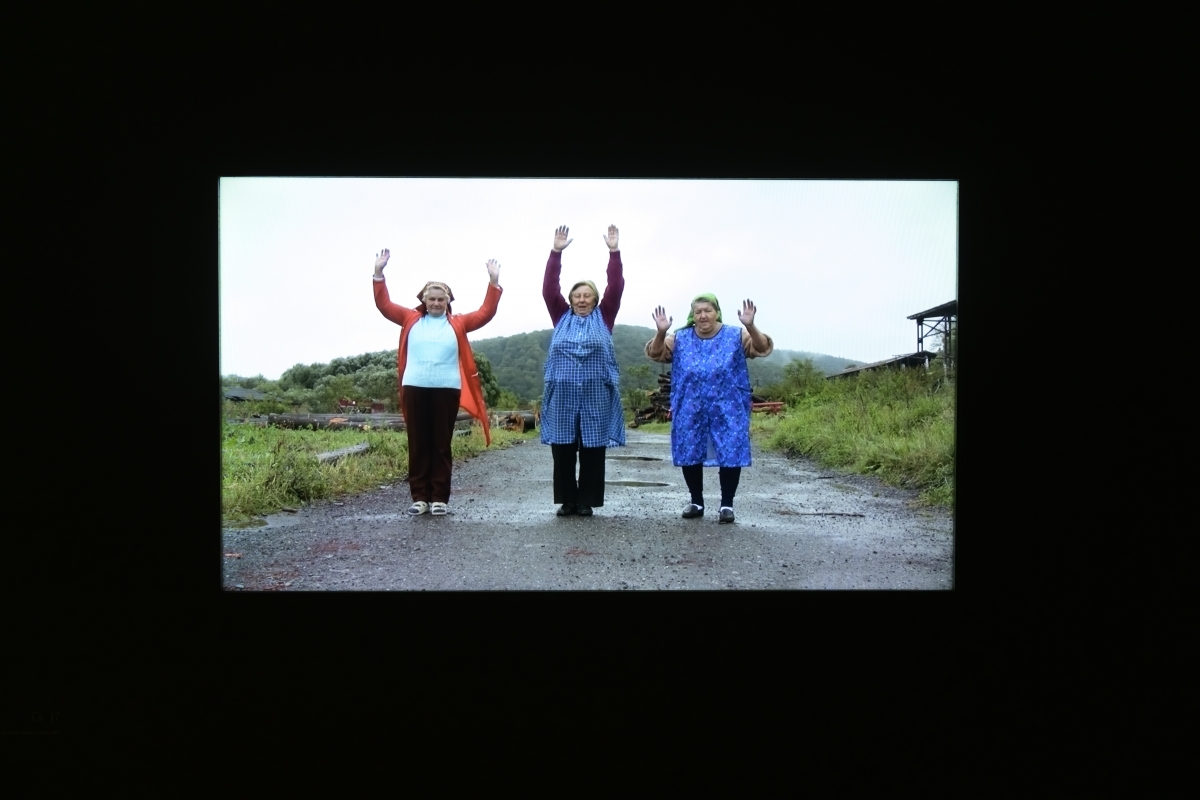
Lucia Nimcová (Slovakia, b. 1977). Exercise. 2007. Single-channel HD video, colour and original sound. Exhibition view. Photo by Stanislav Stepaško.

Exhibition view from exhibition “Archaeologists of Memory: Vitols Contemporary Art Collection”. Photo by Stanislav Stepaško.
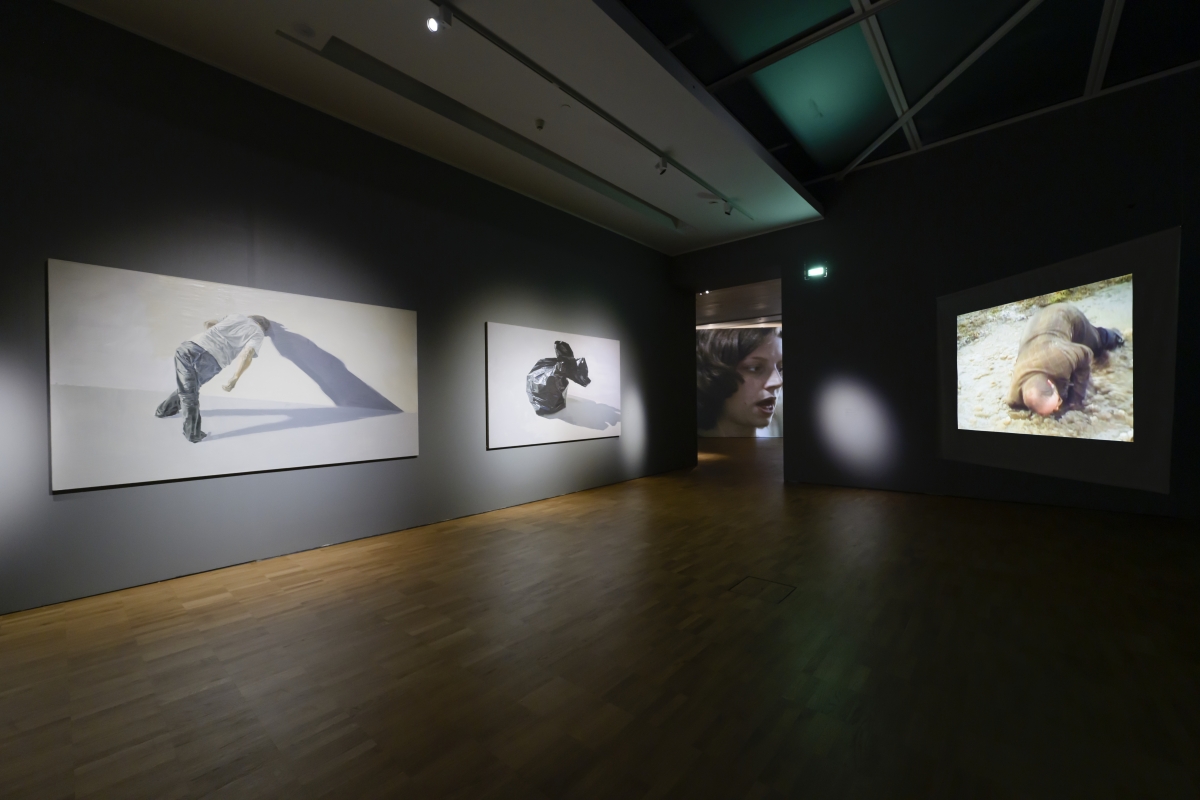
Exhibition view from exhibition “Archaeologists of Memory: Vitols Contemporary Art Collection”. Photo by Stanislav Stepaško.
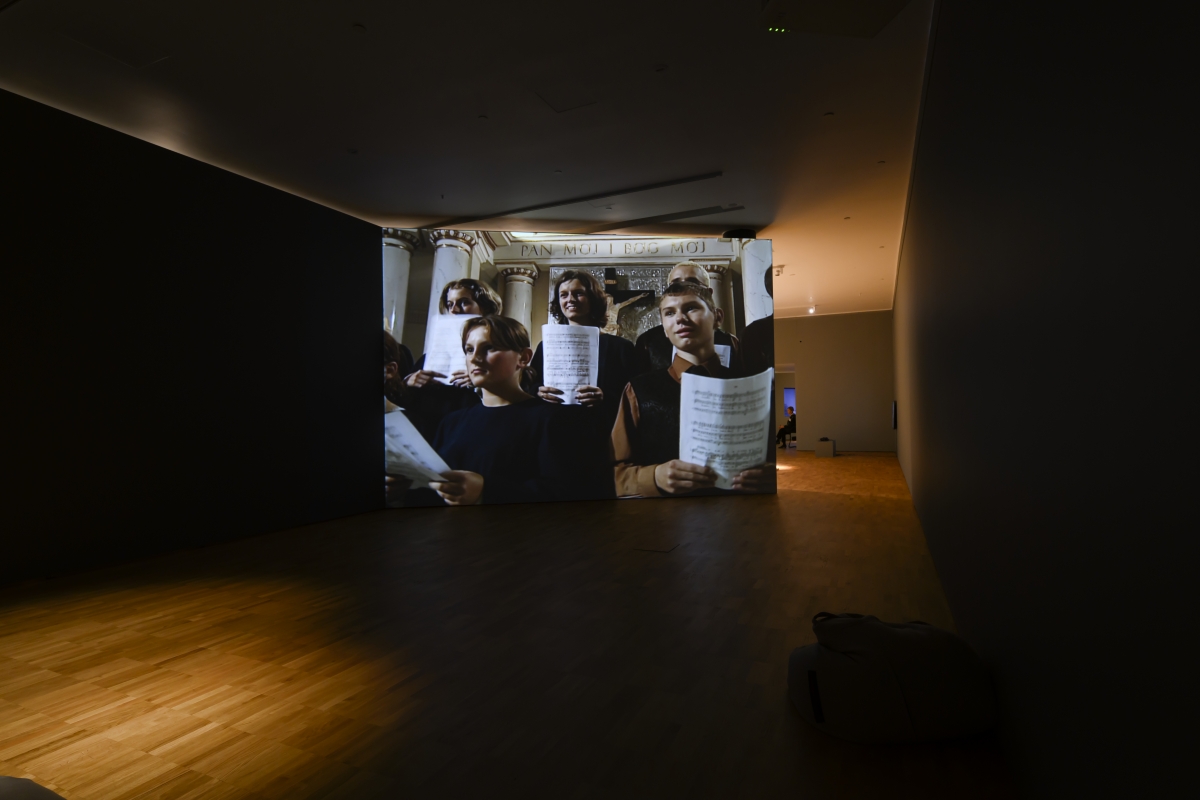
Artur Żmijewski (Poland, b. 1966). Singing Lesson 1. 2001. Single-channel HD video, colour and original sound. Exhibition view. Photo by Stanislav Stepaško.
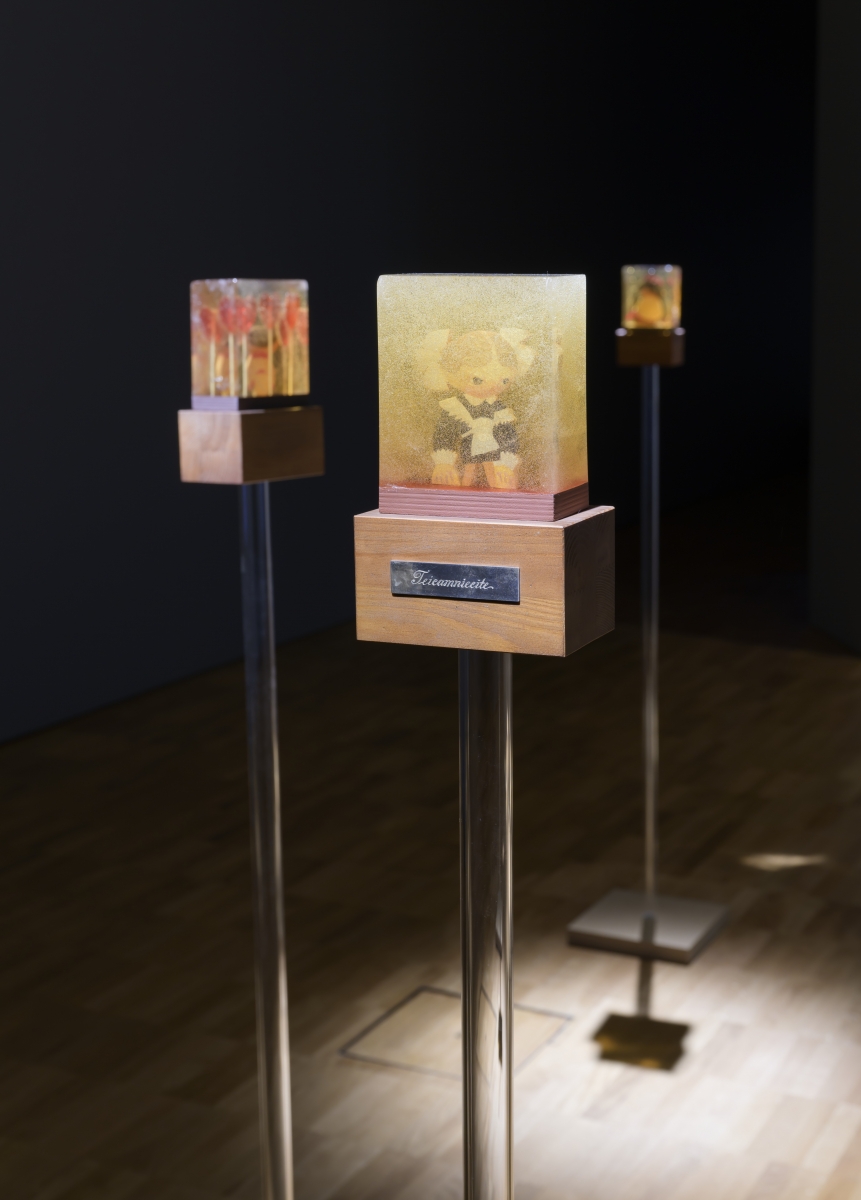
Rasa Jansone (Latvia, b.1973). Lost Treasures. 2008. Installation. Exhibition view. Photo by Stanislav Stepaško.
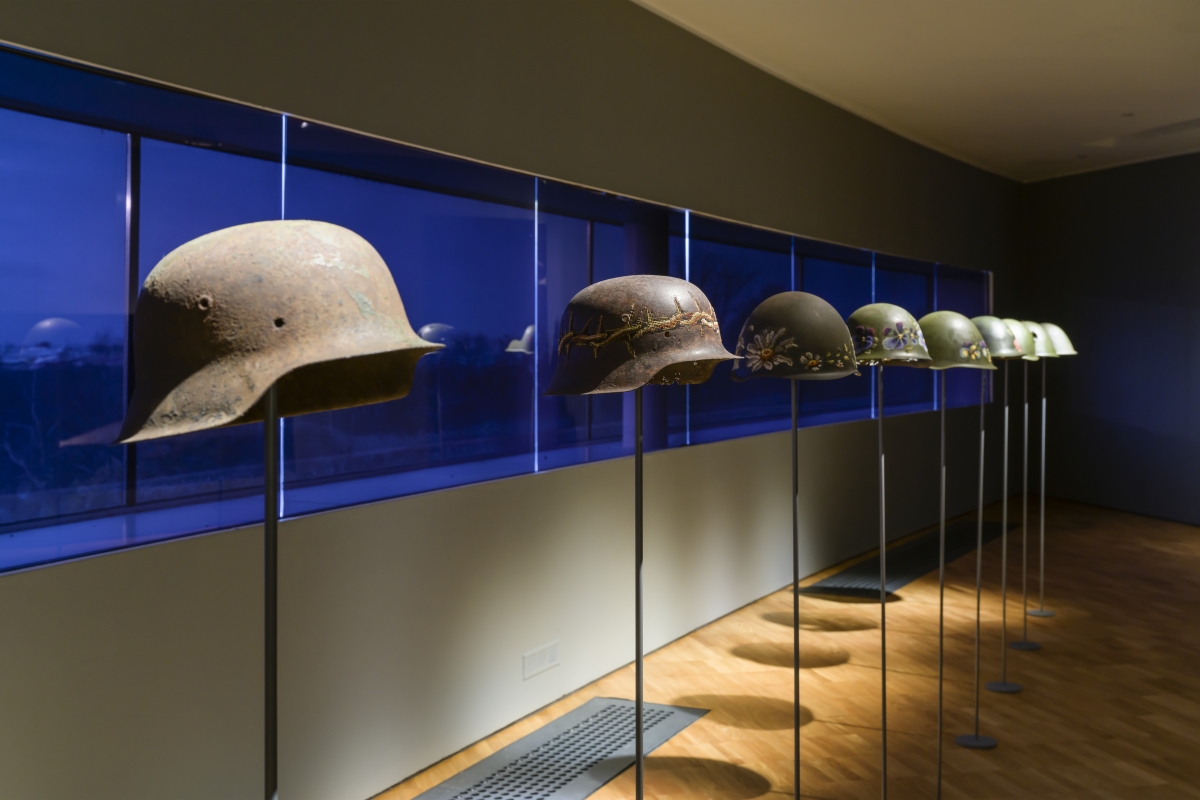
Severija Inčirauskaitė-Kriaunevičienė (Lithuania, b. 1977). Kill for Peace. 2016. Installation. Exhibition view. Photo by Stanislav Stepaško.
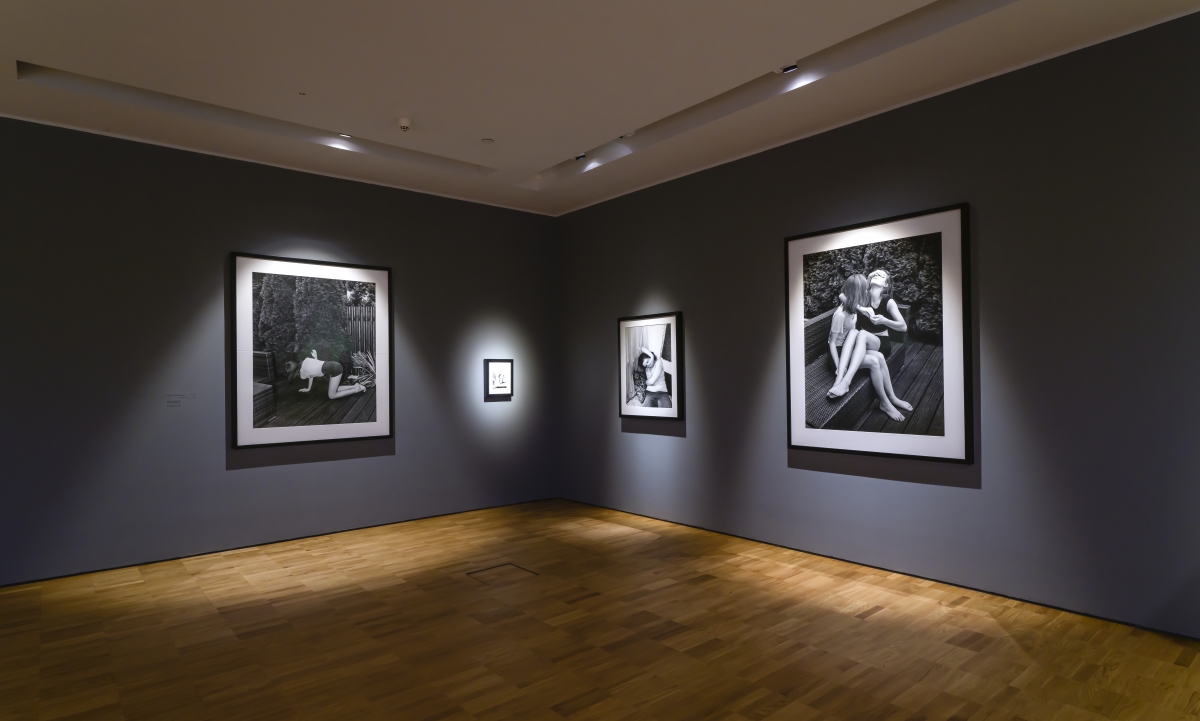
Joanna Piotrowska (Poland/the UK, b. 1985). Self-Defence series. 2015. Silver gelatin hand print. Exhibition view. Photo by Stanislav Stepaško.
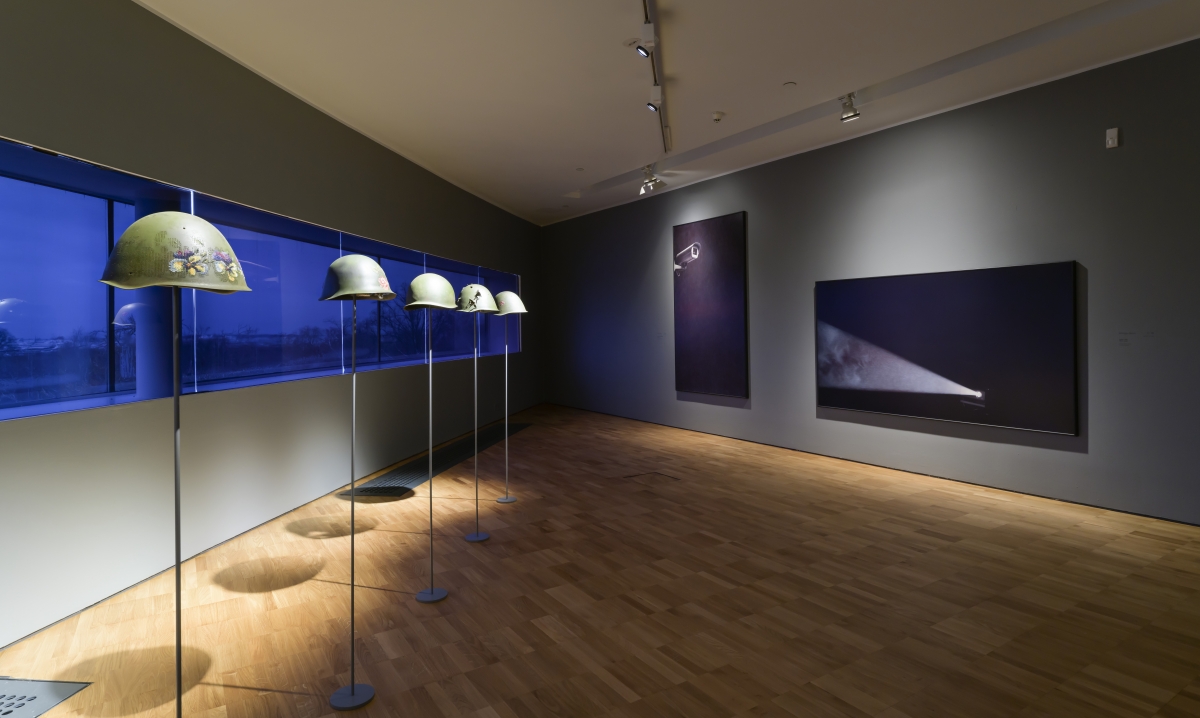
Exhibition view from exhibition “Archaeologists of Memory: Vitols Contemporary Art Collection”. Photo by Stanislav Stepaško.
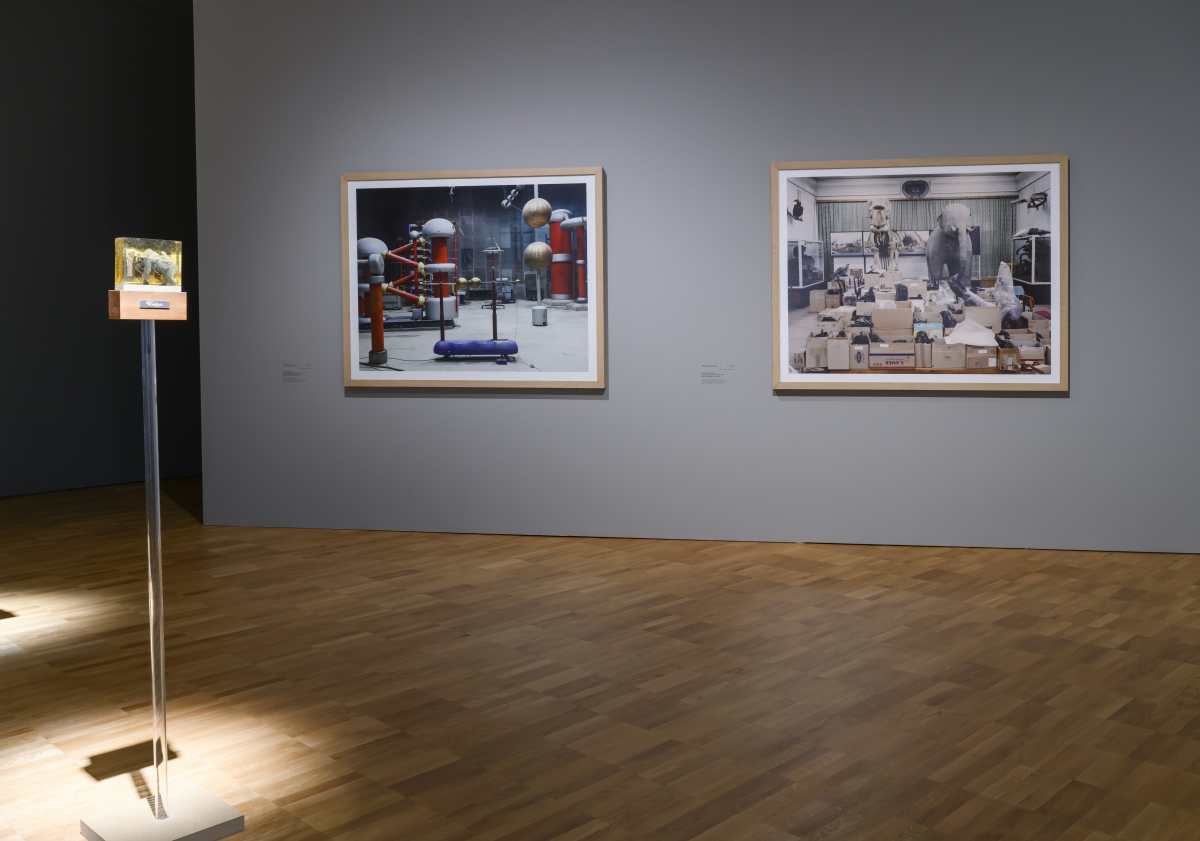
Exhibition view from exhibition “Archaeologists of Memory: Vitols Contemporary Art Collection”. Photo by Stanislav Stepaško.
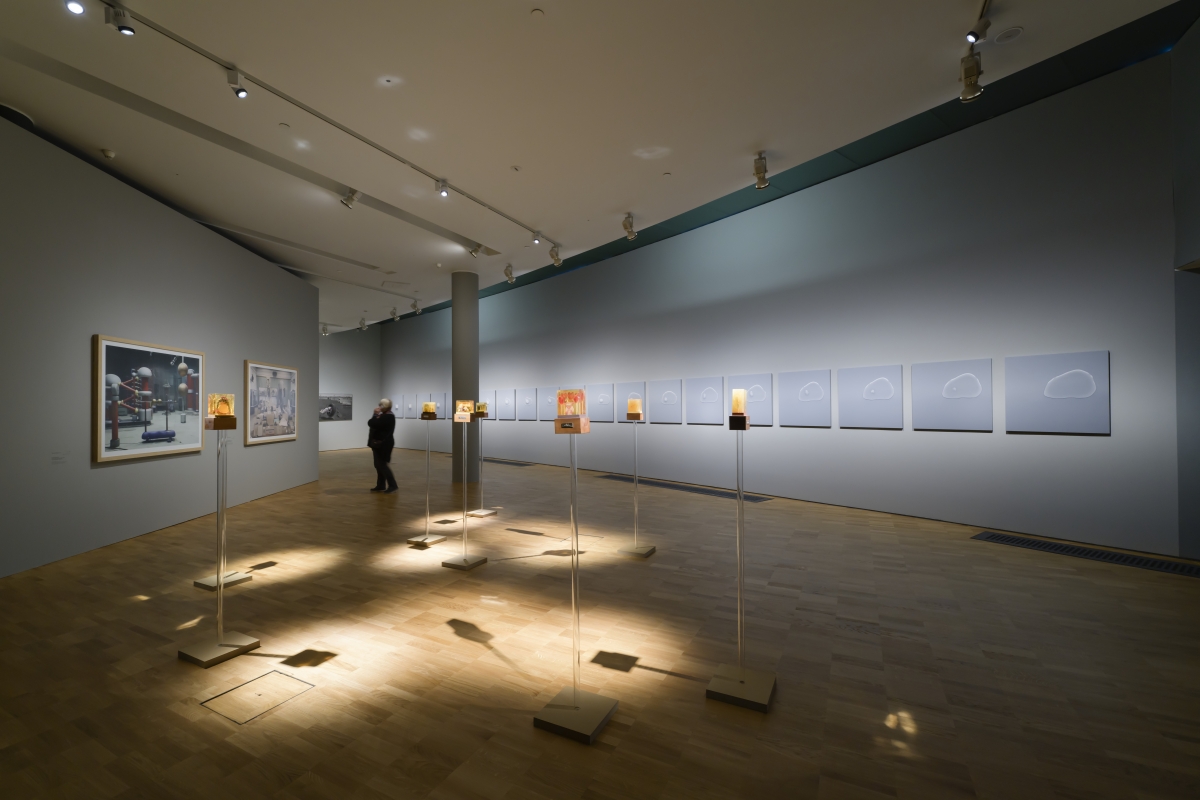
Exhibition view from exhibition “Archaeologists of Memory: Vitols Contemporary Art Collection”. Photo by Stanislav Stepaško.
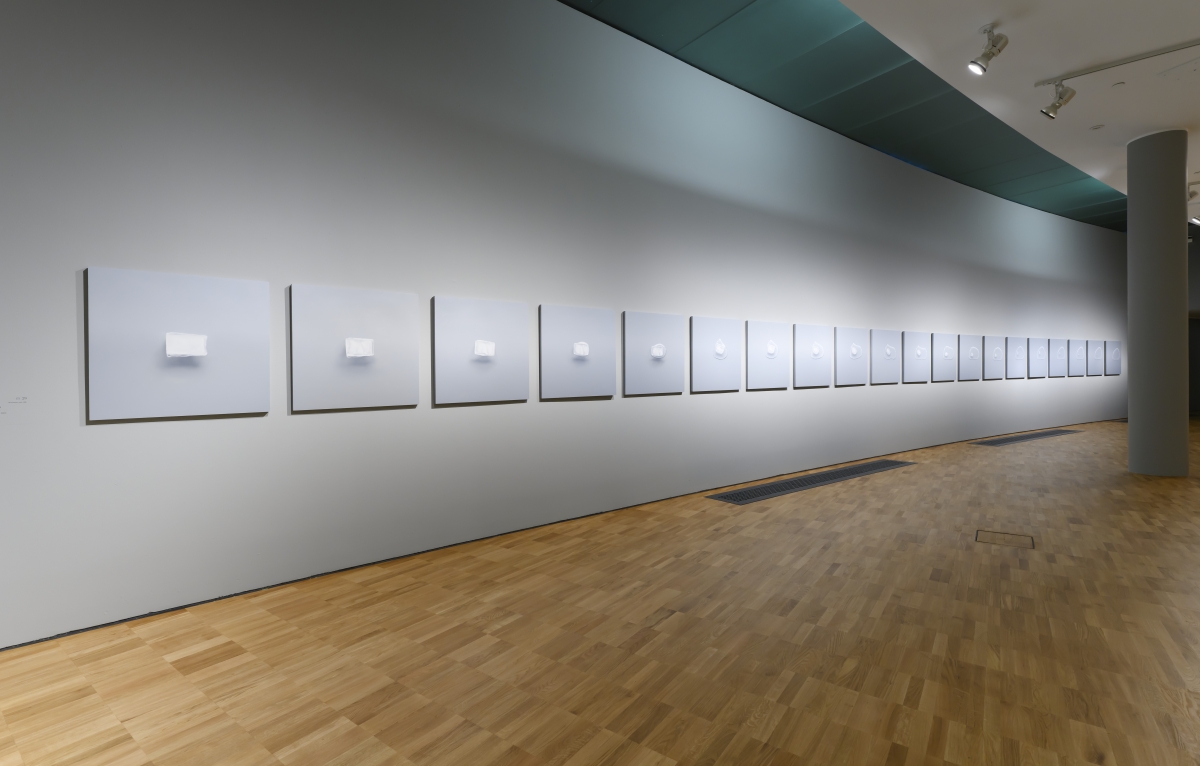
Tõnis Saadoja (Estonia, b. 1980). The Melting of an Ice Cube. 2003. 20 oil paintings on HDF. Exhibition view. Photo by Stanislav Stepaško.

Exhibition view from exhibition “Archaeologists of Memory: Vitols Contemporary Art Collection”. Photo by Stanislav Stepaško.

